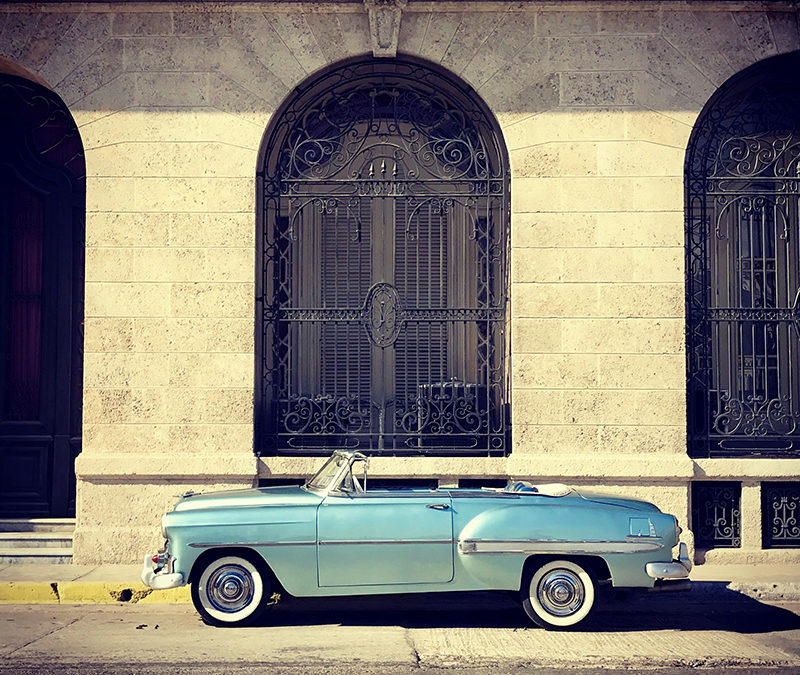
Cuba 101: What You Need to Know

In this week’s Travel Tuesday Interview, I chat with Cuba expert Ramze Suliman. He’s been traveling to Cuba for the past seven years and is the author of two books about the country. (I met him in Havana on the first day of my Cuba trip!) He discusses the cost of traveling in Cuba, safety, how Americans can visit legally and the best restaurants in Havana.
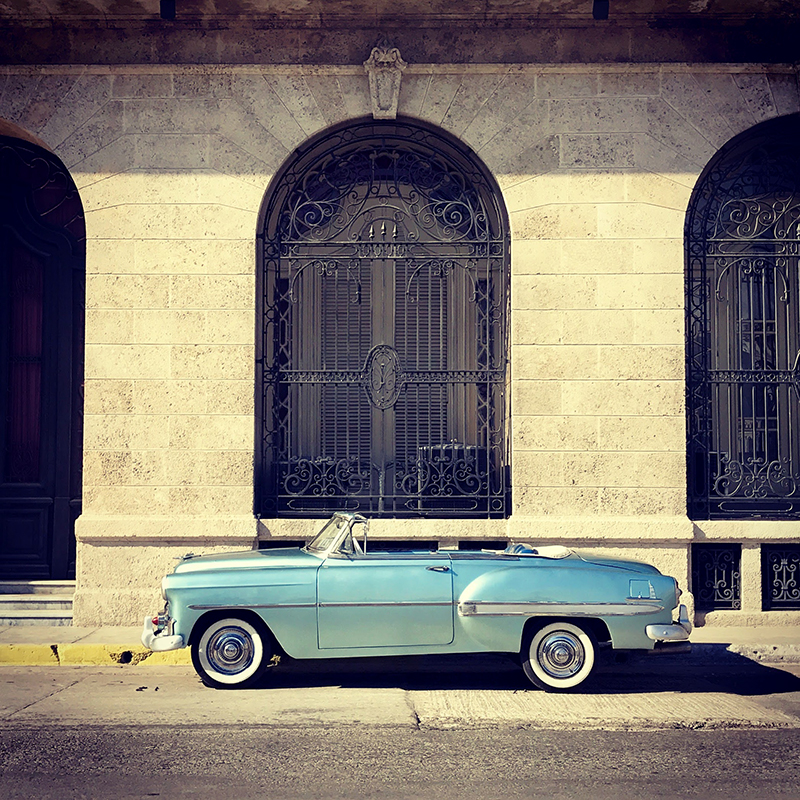
A classic car in Old Havana, Cuba (All photos by Ramze Suliman)
Name: Ramze Suliman
Age: 42
Hometown: Las Vegas, NV
Country count: 50
Blog/Website: www.RamzeTravels.com
1. How did you start traveling?
I originally started working for a company that did poker cruises. That gave me a small taste of many countries and from there the [travel] addiction was born. I originally went to Cuba back in 2010 because I have always been a cigar lover. The minute I arrived, I was in love. I have since written two books about Havana (Havana for Americans and Top 100 Places to Eat in Havana) and started my own tour company there: www.TheCigarLover.com
2. How can Americans legally travel to Cuba?
Due to the economic embargo, Americans technically still can’t go for outright tourism. Obama opened it up quite a bit though. There are 12 sanctioned reasons that make it legal to go. Most people just choose either “Support of the Cuban people”, “People to People educational tours” or “professional research.” These are all very easy requirements to fill and there is currently no real oversight or hassle with Americans traveling for these reasons. The gate agent will ask you when you check in at the airport in the US. That is the end of it.
3. When is the best time to go to Cuba?
Cuba shares very similar weather to Florida. The weather stays between 80-90 degrees Fahrenheit year-round, but it is more humid in the summer with more rain. December, January and February are peak months.
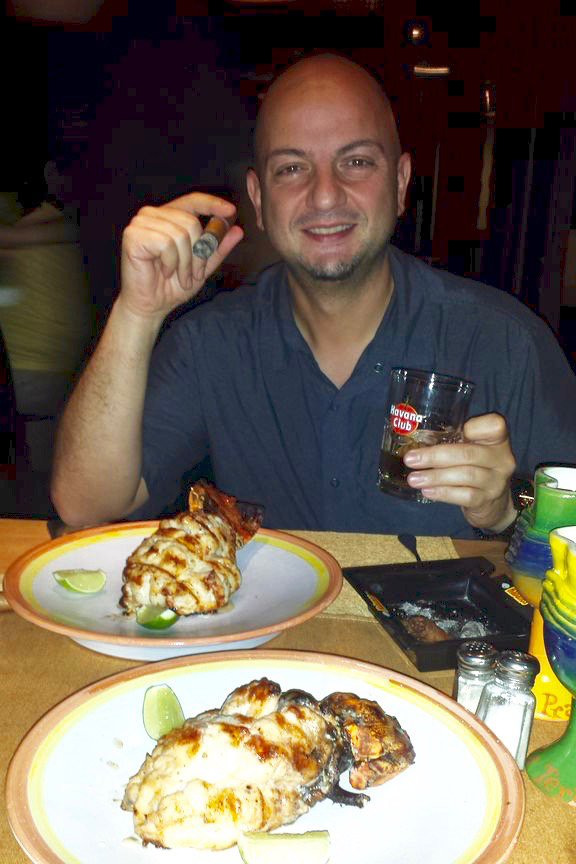
Ramze enjoying a cigar and Havana Club at one of Havana’s many amazing restaurants.
4. Where are your favorite spots to eat in Havana?
Havana has some great restaurants and food and a lot of mediocre ones. My top three are Starbien, La Terazza and La Guarida. That said, I live there so I have lots of very inexpensive street foods I love. [FYI: Starbien is my favorite!]
5. What are your three favorite cities in Cuba?
Havana for the energy, Viñales for the sheer beauty and Varadero to just chill on a beautiful beach.
6. What’s the average daily cost of traveling in Cuba? Can you share some budget tips?
Cuba has some wild swings in what things cost. You can literally get a shot of coffee for .4 cents and then have to pay $25 bottle of sunscreen. Being prepared and knowing what to bring and where to go is more important than most countries. There are no supermarkets or drug stores on every corner to just pop in if you forgot anything. You can definitely hit the three budget ranges most people associate with though
Backpacker Budget: $40/day
Average Budget: $100/day
Top Tier Budget: $200-$300 a day
Cuba Budget Tips:
- Internet is $2 per hour and cards can be bought at all major hotels and at the government office called Etecsa.
- Hotels currently are overbooked and severely overpriced. You can book at Casa particulars (private homes) for around $30 per night. This is the best option, and you will get a better feel for how Cubans actually live. Check Airbnb for listings. [I stayed at casa particulars, which is how I met Ramzee.]
- Learn to eat at the local peso kiosks and restaurants. If you see them full of Cubans, then you know they are cheap and good. The Cuban pesos is 24 to 1 with the CUC or Dollar. You can have a good meal for a buck.
- The tap water is potable. Carry a small filter and drink the tap. Bottle water isn’t always easy to find and is expensive.
- Fruits and vegetable markets are widespread in Cuba and are heavily subsidized by the government. So, is bread. You can easily buy both for pennies and make healthy easy meals. Take a jar of peanut butter with you.
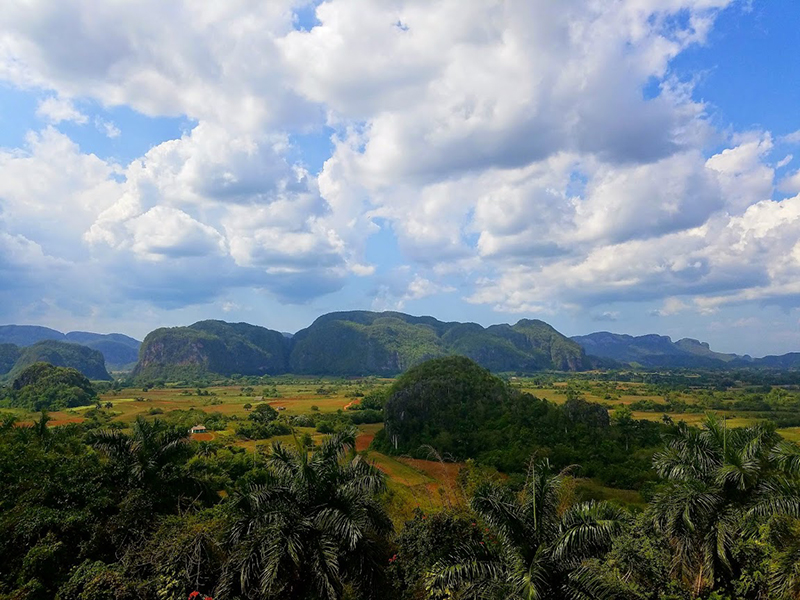
Pinar del Rio, Cuba (Photo courtesy of Ramze Suliman)
7. Share one of your travel highlights in Cuba.
I have learned to speak Spanish in Cuba. I took salsa lessons, learned to scuba dive and got some tattoos all while traveling around Cuba. There really is something for everyone and it has definitely enriched my life. I am writing this from Spain currently and it is such a pleasure to be able to speak to the locals here in Spanish!
8. What is the biggest myth about Cuba?
Safety. People always ask if it is safe. I have visited 50 countries and it is the safest I have ever been to! [I agree with Ramze. I always felt safe.]
The Cuban people have always been warm and friendly. They love American tourists the most because we tip and also because we are the closest to their lifestyles. In seven years of being in Cuba off and on, I have never heard of or witnessed any violent crime. I have walked dark streets at night and nobody will even approached me.

Hotel Nacional in Havana is a must stop for their famous Cuban sandwich and fresh piña coladas. The historic hotel has a list of famous guests ranging from Frank Sinatra to John Wayne. (Photo courtesy of Ramze Suliman)
9. Name three things you always pack.
My electronics, my flip flops and my cigars
10. What is your next adventure?
I am officially moving to Havana full time in June. I am thrilled to finally call Cuba my official home. I have some repeat trips planned this year to Thailand and Colombia and some new ones to other parts of Southeast Asia
Want to know more about Cuba?
To connect with Ramze, check out his blog, Instagram and his two books on Cuba: Havana for Americans and Top 100 Places to Eat in Havana.
Looking for photo tips for Cuba? Check out my Photo Guide to Havana!
(Please note
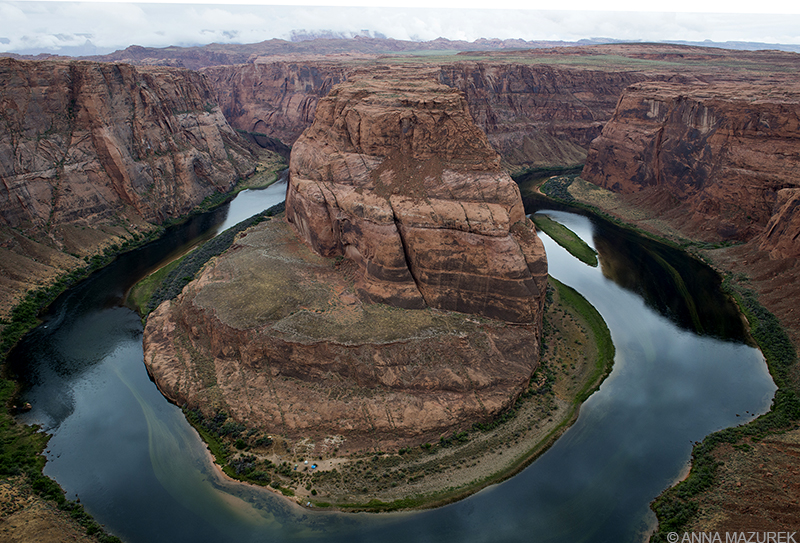
The Art of the Road Trip

Thanks to a tip from a friend, I discovered Horseshoe Bend near Page, Arizona on my Southwest road trip last summer. I couldn’t believe this hidden view was a short walk from the road! I went back twice to shoot!
There’s something therapeutic about a long drive and a beautiful sunrise. The clutter in my head slowly dissolves with each passing mile. There is nothing more relaxing to me than a long road trip.
Road trips are the most nostalgic form of travel. Everyone has at least that ONE epic road trip memory that makes them smile or laugh hysterically. What was your favorite road trip?
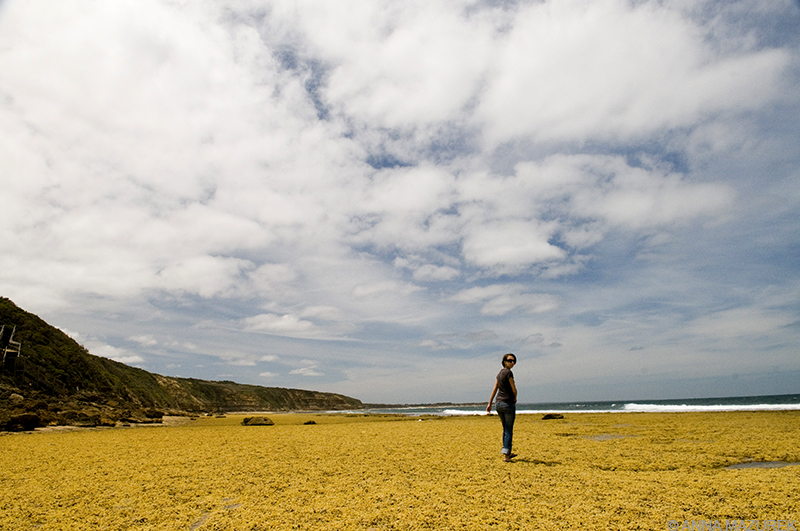
Bell’s Beach, the infamous surf spot, located west of Melbourne was one of the highlights on my road trip along the Great Ocean Road in Southern Australia in 2009.
For me, it was the Great Ocean Road, a postcard worthy section of the coast of Southern Australia. (It’s the Australian version of the Pacific Coast Highway.) I was traveling with two guys from Buffalo, NY. We slept in our rental car by the beach every night, ate lots of peanut butter sandwiches, drink beer on the beach and snuck into RV parks to shower. It was literally the BEST.
I’ve driven across the U.S. roughly four times. I prefer driving to flying any day. Last summer was the summer of road trips for me. I drove out to New Mexico and Arizona to explore Chaco Canyon, White Sands National Monument and Antelope Canyon in May. In August, I drove the ring road around Iceland then flew back into Boston and hopped in a car to explore Cape Cod.
I am kicking off this summer with a long road trip from Austin to South Carolina to visit my family. It gives me an excuse to break up my trip to visit friends in Birmingham (my former home) and Atlanta. (Plus, it’s like a third of the price of flying. There’s also the fact that being stuck in my hometown without a car is a form of torture.)
Afterwards, I’m hoping on a plane to Vermont and NYC before taking the train to Washington DC. I’m also super excited to announce that I’ll be running photo trips for National Geographic Student Expeditions in Yellowstone this summer! Plus, there’s a few more exciting things in the works!
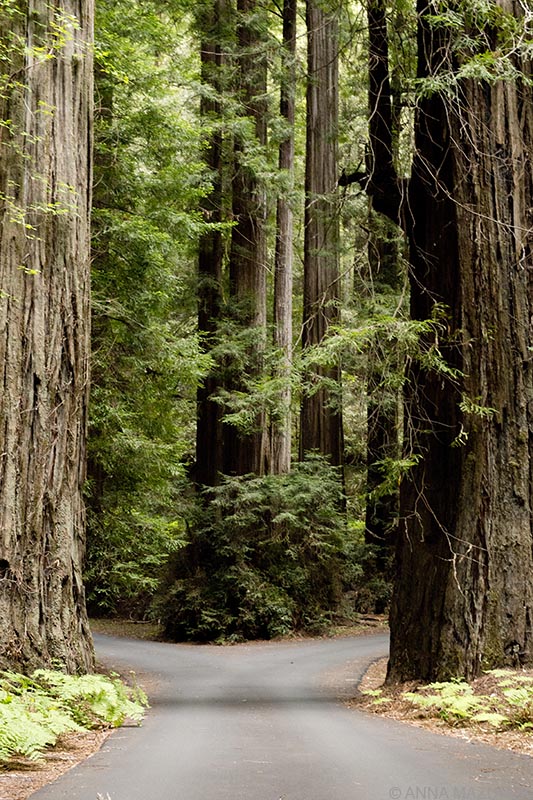
California Redwoods
What if you can’t find the time to drive cross-country? Well, then pack mini-road trips into bigger trips. When I visited my friend Miles in San Francisco, we rented a car, borrowed a tent and headed out to see the Redwoods. My best friend James lived in Boston for years. We always took trips to Vermont, Maine, Cape Cod or Rhode Island. I explore all the cool small towns in Texas like Marfa, Round Top and Boerne.
A few months ago, I flew into Miami, met up with three friends and spent four days road tripping through the Florida Keys and stopping at all the dive bars and places that my travel hero Jimmy Buffett sings about. (Blog post coming soon!)
I pass the time by binge listening to NPR, attempting to do my Spanish audio lessons and long phone conversations with old friends. (Don’t worry, those phone calls are all hands free!)
Let’s be honest—the best thing about road trips are singing horribly loud in the car. Admit it – you know it’s your guilty pleasure as well. Most of my road trips are solo so I can sing and car dance without judgement from anyone besides the occasional trucker or RV in the other lane.
Here’s my favorite road trip playlist:
- Wherever You May Roam by Metallica
- Keep the Car Running by Arcade Fire
- Sleep on the Floor by The Lumineers
- Next Year by Foo Fighters
- Heads Carolina by Jo Dee Messina
- Changes in Latitudes by Jimmy Buffett
- American Girl by Tom Petty
- Mr. Columbus by Grace Potter
- Breakdown by Jack Johnson
- Leaving Town by Dexter Freebish
Any traveler can relate to the lyrics of each of these songs.
Pack your bags, download some new tunes and hit the road! I challenge you to make the most of your summer!
_______________________________________________________
COMING UP:
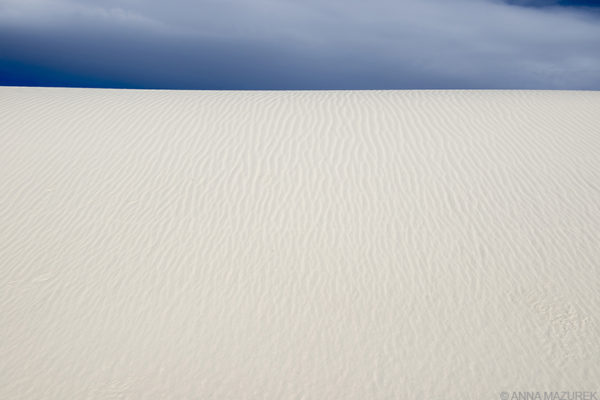
White Sands National Monument, New Mexico
Cuba, Epic Road Trips & Interviews with NYTimes Frugal Traveler
I’ve got some exciting posts coming up this summer including an interview with the New York Times Frugal Traveler Lucas Peterson, my top eight road trip destinations and an interview with a Cuba expert! Sign up for the email list to have the posts delivered directly to your email inbox!
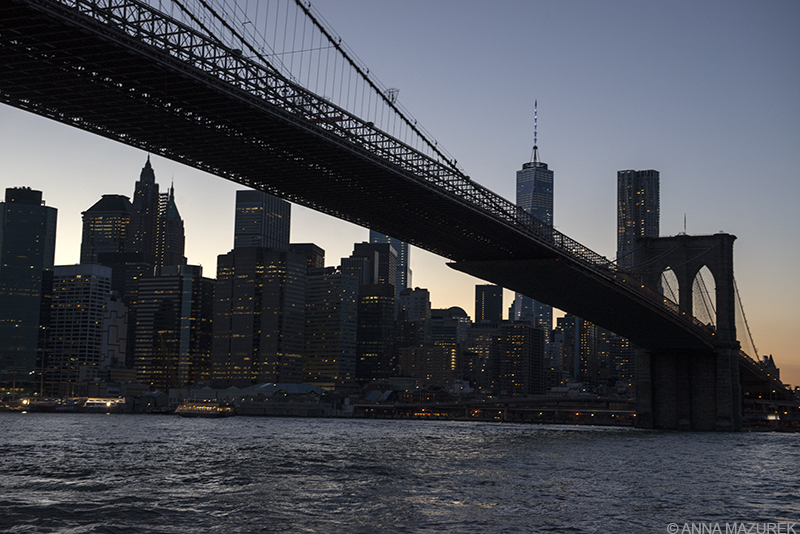
6 Free Things to Do in NYC

Sunset at Brooklyn Bridge Park
My very first flight was to New York City. It was a school trip during my junior year of college at the University of South Carolina. It was a mad rush to visit all the highlights – Times Square, Broadway show, Central Park, the museums, etc. My second trip was a 24-hour quasi-layover. I’d flown back from Delhi and was headed to London. (Crazy, I know.) All I did was eat a lot and go for a run in Central Park. Every trip since then has been to visit friends, meet with editors and explore new parts of the city and check off icons that I missed on my previous visits. (I’ll be back again in early June!)
Whether it’s your first or 40th trip to the city, make sure you check these six free sights off your list. (Plus, they are all great photo opps!)

I totally got up at sunrise to photograph Alfred the Gnome on the Brooklyn Bridge.
1. Walk the Brooklyn Bridge
One of the most famous icons of the New York City skyline is the double Gothic arches and crisscrossed cables of the Brooklyn bridge. Built in 1883, the bridge was the first road to connect Manhattan and Brooklyn. Be sure to walk, bike or run across the 1.1-mile pedestrian path. I recommend walking from Brooklyn toward Manhattan to get the best view of the skyline like in the photo above with Alfred the gnome!
How to get to the Brooklyn Bridge:
From Brooklyn: The promenade begins at Tillary and Adams street. Several subway stations get you close to the entrance. If you’re on the A or C train, exit at High Street Station. The entrance is a quarter of a mile north from this station. There are signs marking the entrance but consider using Google maps to help.
From Manhattan: The entrance is just across from the Brooklyn Bridge/City Hall station for lines 4, 5 and 6.
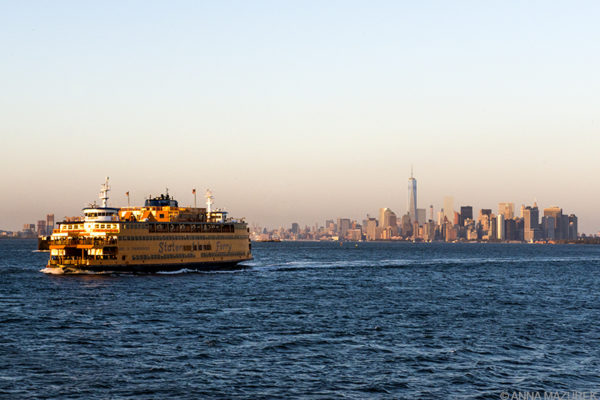
The Staten Island Ferry offers one of the best (and FREE) views of Manhattan.
2. Staten Island Ferry
The free 25-minute ferry is a great way to see both the Statue of Liberty and get one of the best views of the Manhattan skyline. Departures are usually every 30 minutes. Avoid rush hour times, when ferries are packed. (I discovered the ferry on my quest to shoot the most iconic NYC gnome photo but preferred my Brooklyn Bridge shot above.)
How to get to the Staten Island Ferry: From Manhattan, the nearest subway line is the J/Z line to Broad Street or the 1 to South Ferry and 4/5 to Bowling Green.
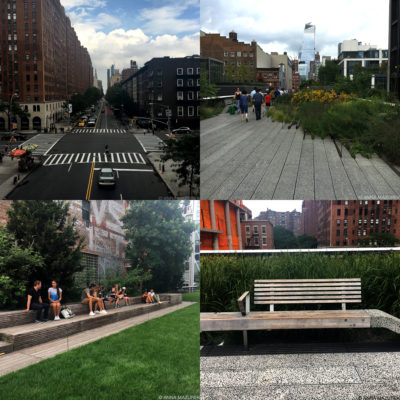
The High Line offers great views of the city and great spots to relax.
3. High Line
One of my favorite things in NYC is the High Line, the former above-ground train tracks that were transformed into a 1.45-mile public park and garden. The tracks were used to transport goods from 1934 to 1980. Afterwards, nature took over for almost three decades before the City of New York took ownership and transformed it into an urban masterpiece that incorporates many of the original tracks.
PRO TIP: The Highline offers a plethora of FREE activities including multiple themed tours throughout the week, Saturday yoga classes and stargazing on Tuesday nights. (Check out their calendar.) It’s open daily from 7 a.m. to 10 p.m.
How to Get to the Highline: There are eleven different access points that stretch from 34th and 12th Avenue to Washington and Gansevoort Street. Check the official website for a great map.
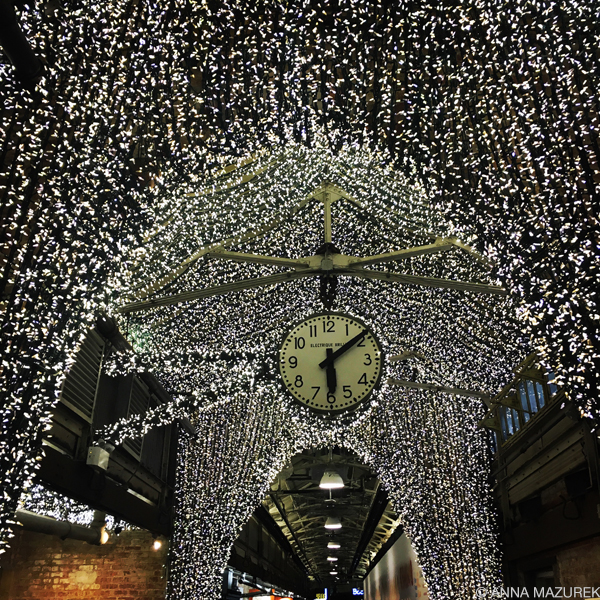
The Chelsea Market is my favorite lunch/dinner spot!
4. Chelsea Market
The Chelsea Market is a fun food court/shopping mall/office building combo located close the High Line. While entrance to the building is free, the food’s not. It’s a great lunch or dinner spot. Los Tacos No. 1 is amazing and Creamline is a farm to tray burger spot. It’s very budget friendly for New York standards. The best part is that’s it’s air conditioned and a great escape on those steamy summer days.
How to Get Here to Chelsea Market: Take the A, C, E or L train to 13th Street. Walk one block west and one block north. The address is 75 9th Ave, New York, NY 1001.

One World Trade Center borders the 9/11 Memorial.
5. 9/11 Memorial
Everyone must take a walk through the 9/11 Memorial, which is both a powerful and beautiful tribute. The centerpiece is two enormous reflecting pools and waterfalls located at the base of each of the original towers. The pools are lined with the names of those who died on September 11, 2001 and on February 26, 1993. The surrounding plaza is lined with swamp white oak trees adjacent to One World Trade Center building, which is the tallest building in the Western hemisphere. Memorial is open 7:30 a.m. to 9 p.m.
How to get to the 9/11 Memorial: The A, C, 1, 2, 3, 4, 5, J, Z and R trains all run within walking distance of the memorial.

I paused my run for a quick snap of Bethesda Fountain in Central Park.
6. Exercise in Central Park
On every NYC visit, I always go for a run in Central Park with just my phone, a little bit of cash and my subway card. It’s a great way to explore the park and relax. Pretend you are a local and go for a run/walk/bike ride through the park. The trick is to leave all your bags and cameras in your hotel/hostel so you’re not distracted and can focus on just enjoying the park like a local who’s just out for their morning workout. I always start on the east side of the park near East 59th Street and run along the eastern side to Bethesda Terrace then head to Belvedere Castle before running around the reservoir. When I get tired, I just exit the park and head to the nearest subway stop!
For more about NYC, check out my Travel Tuesday Interview with native New Yorker Jennifer O’Brien, founder of TheTravelWomen.com!
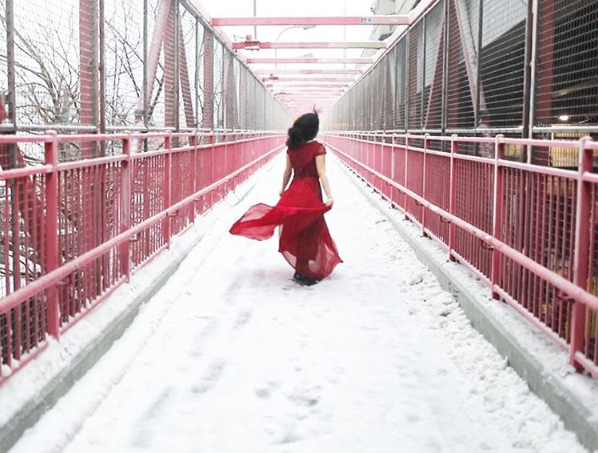
Interview with a NYC Expert

In this week’s Travel Tuesday Interview, I chat with NYC native Jennifer O’Brien, who runs the TheTravelWomen.com, a community of women travelers! I met Jennifer when she was working at Budget Travel magazine a few years ago, and she’s my go-to NYC expert! She shares her favorite restaurants, budget tips and favorite secret spots in the city!
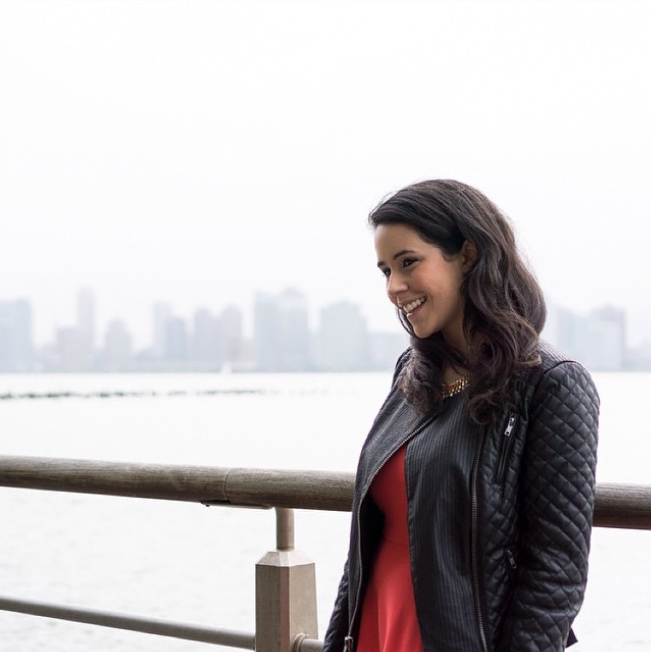
Name: Jennifer O’Brien
Age: 26
Hometown: New York City
Countries: 23
Website: TheTravelWomen.com
Instagram: @JennifersCamera & @TheTravelWomen
1. How did you start traveling?
My first time on an airplane was when I was only one-year-old, and my parents brought me to San Diego. A few family trips later, I studied abroad in Parma, Italy for a semester, which allowed me to visit ten more countries. The travel bug bit me hard, and I found every opportunity and holiday to take vacations and travel more. I founded The Travel Women, which is a community for women by women to empower women to get out of their comfort zone and travel more! I am excited to share that I am now dedicating myself full time to my passion of traveling with The Travel Women!
2. Why do you like living in NYC?
NYC is huge and small at the same time. I love how it constantly surprises me, just when I think I figure out a neighborhood or the best pizza, I move and discover a new side of NYC! I have now lived in five different neighborhoods and love Williamsburg the most!
3. What are your three favorite places to eat in the city?
It is so hard to only pick three favorite spots, but here are my current favorites in Williamsburg:
- Mesa Coyoacan: This one-of-a-kind Mexican spot is my favorite Mexican food outside of Mexico—YES, it is THAT good. From the flavorful chicken in the tortilla soup to the fried grasshoppers that come with a shot of mezcal, which surprisingly taste a lot like salted sunflower seeds.
- Carmine’s Pizza: I cannot get enough of Carmine’s pizza right now. It’s one of the best places that offers pizza by the slice and even gluten free pizza! The ricotta and Kalamata olives slice is my current obsession.
- Loosie Rouge: This is a little interior design heaven with grass on the door, hammocks and colorful walls made for Instagram. The food is also pretty amazing, too! They have salmon or bacon with their eggs benedicts that come on waffles, which is the best combo of salty and sweet! The “Matcha Patcha” drink is amazing featuring matcha tea, shochu, elderflower, lime and spring flora.

4. Share some tips for traveling on a budget in NYC.
- Getting a CityPASS can help you see multiple attractions for less. For example, you can save more with the pass for six attractions ($122 USD), but their C3 pass for three attractions could be perfect for people only in NYC for a few days.
- Research museums that offer “recommended” rates so you can pay what you want especially if you’re going to a lot of museums.
- Take a ride on the Staten Island Ferry for some of the best views of Manhattan.

5. What are some great off-the-beaten path places to visit in the city?
One of my favorite parks is Elizabeth Street Garden, a small little European style garden full of statues. Another lesser known spot is the Queens Museum, where you can see the 1985 Panorama, a miniature metropolis of New York City. Queens Museum is in Flushing Meadows Corona Park, which also includes two remnants of the World’s Fair including a giant globe.
6. What is the biggest myth about NYC?
The biggest myth is definitely that all New Yorkers are rude. Yes, some of them can be but I’ve also met some wonderful and friendly people.
7. Share one of your favorite adventures in the city.
One day I was walking past Gramercy Park, the only private park left in NYC, and I saw a group of people my age with a key and started a conversation with them. They mentioned it wasn’t their key and asked if I wanted to come in, and I naturally said yes. I was so excited to explore this private green oasis during the golden hour on a day [when] I had my camera on me. The funniest part of the adventure though was just after sunset I realized that I was one of the last people in the park and that apparently you needed a key to exit the park. I almost got locked in and was so happy I realized just in time to casually follow a local out with their key!
8. What advice would you have for aspiring travelers? Any tips for overcoming fear?
Do what you love and it won’t seem as scary! If you’ve always been dreaming about a certain place or experience, go do it and the obstacles you thought would stand in your way won’t really be obstacles at all! If you’re afraid of traveling solo, start small by traveling in your own backyard to a local museum or park by yourself and overcome your fears slowly to realize that it’s not that bad. It can be more fun to travel solo!

9. Name three things you always pack for a trip.
The first thing I pack is definitely my camera gear including charger, extra batteries and extra memory cards. Second, it always helps to have tweezers around for everything from keeping your eyebrows nice to getting rid of a splinter. The third thing I love to have are snacks. Depending on where you’re going or how long the transportation takes, having a few different flavored granola bars goes a long way!
10. What is your next adventure?
I am currently packing for a trip to Panama with another blogger, where we will cover all the best spots from the Panama Canal through to Starfish Beach.
For more about Jennifer, follow her on Instagram, Twitter and at TheTravelWomen.com!
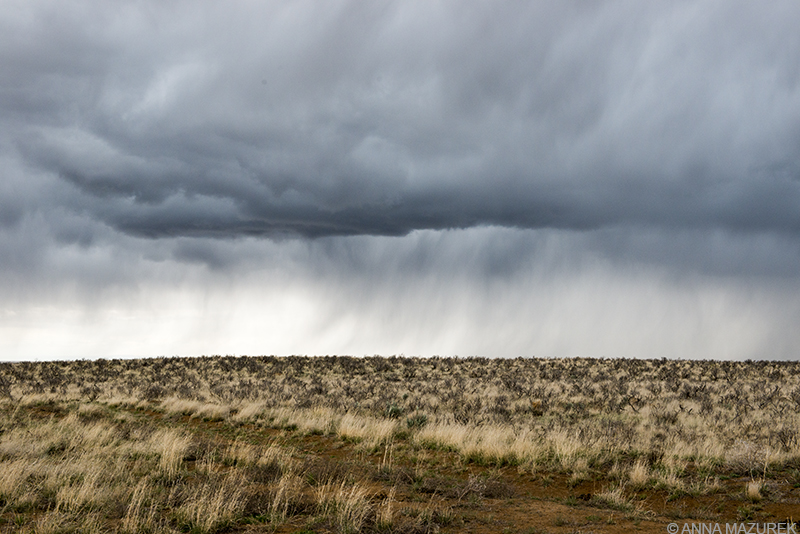
4 Tips for Surviving Tough Travel Days…and GIANT Australian Spiders

I felt like I was driving into the opening scene of a horror movie on my way to Chaco Canyon. The scary drive and storm were worth it though. For more details about my trip, checkout my Chaco Canyon post!
There’s bad days on the road just like there are at home.
The good days are glorious – riding camels on beaches in India, watching the sunrise over the towers at Torres del Paine in Patagonia and photographing the Dalai Lama’s teachings in McLeod Ganj. These are the days that people envy. The ones that cause people to stalk my Instagram and say, “I’m living vicariously through your life.”
What people don’t want are the bad days I endured to get to those glorious moments like the 18-hour bus ride in Burma sitting across the aisle from a kid puking in a bag for the ENTIRE trip.
For me, bouts of food poisoning always arrive at the most opportune moments like the middle of the 10-mile hike or on a bumpy flight. There’s nothing more fun than waking up in a swanky hostel in Cancun covered in bed bug bites. (There is NOTHING that itches more.) It was just as much fun as standing beside my car on the side of I-40 in the middle of Missouri after my engine blew.
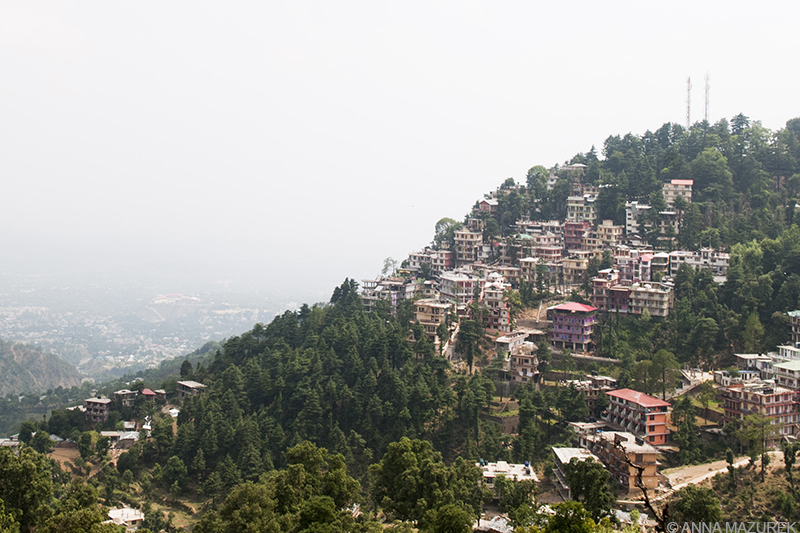
McLeod Ganj, the home to the Dalai Llama, is one of my favorite cities in India and also the place I’m most accident/illness prone.
And, my personal favorite – the time my foot slipped between the grates of a sewer drain in India when I was walking down the street. Thankfully, it was only knee deep so I didn’t break my leg. This nice Tibetan boy was kind enough to retrieve my flip-flop from the toxic black muck. My leg was so bruised I couldn’t sit Indian-style with my legs crossed for weeks.
Oh, and let’s not forget my hilarious battle with the GIANT Australian spider.
I found myself living in a Western Union commercial when my purse was stolen in Thailand. I lost all of my bank/credit cards except my American Express, which was worthless. (Despite their slogan, those bastards are NOT everywhere you want them to be!) There I was in Cambodia a few days later calling my parent’s at 5 a.m. to transfer me money. (FYI: You can’t transfer yourself money. Trust me, I tried.)
Sadly, life can’t always be filled with sunshine and tacos, but there are always more good days than bad. After 14 years of relentless travel, I wouldn’t change a thing—even the food poisoning. Besides, nothing worthwhile will ever be easy.
If fear of the bad days or any of my stories scare you, learn from my mistakes. Here’s four ways to survive the tough travel days:
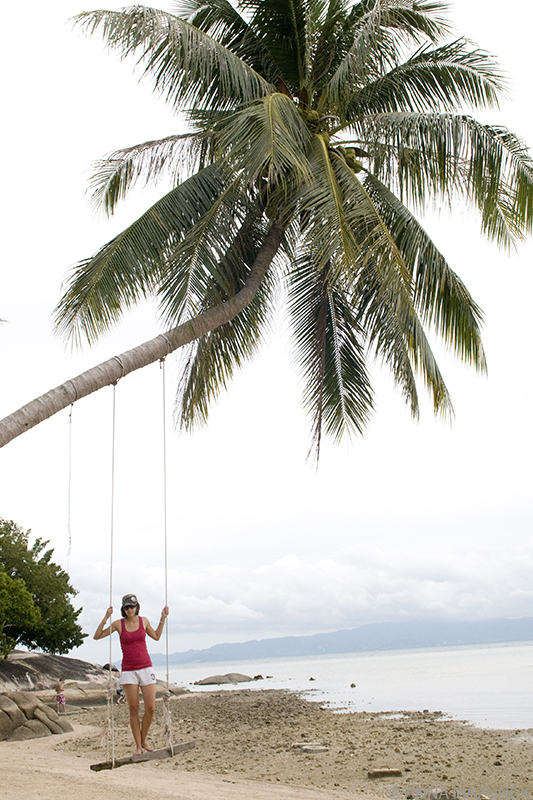
I didn’t let my stolen purse ruin my first trip to Southern Thailand. (Koh Pha Ngan, Thailand)
1. Humor
The food poisoning hit me at the top of the mountain in India. I hiked back five miles getting sick every 15 minutes. The next day I was so weak I could barely walk to breakfast. Then, I had to take a two-hour car ride through winding roads to the village where I was working for the next week. My room was so hot at night that I took multiple cold showers every hour or two just to cool off. (Keep in mind, I was still massively dehydrated from the food poisoning so the heat didn’t help.) It was cooler outside than in my room, but if I opened my door, I knew the tiny scorpions would wander in the same way they strolled into my friend’s room down the hall. As I lay there sweating, I couldn’t help but think “This will make a damn good Facebook status update!”
I love a good story. After all, I have two degrees in journalism. Everything I do in life is for a story. Most of the time, bad mishaps make the best stories later. All of this is pretty hilarious to me now as I type this from my air-conditioned room in Austin.
The main thing that gets me through the rough times is the realization that the moment will pass and not come again. And, the story. There is humor in everything. Plus, people LOVE to hear about that bad things that happen do you. Don’t you agree?
2. Be calm
My purse was stolen twice. One in Thailand and again in Spain where they also snagged my iPhone. (Both were my fault. More on that later.) After the initial moments of shock and realizing that my purse was REALLY gone, I whisked through a gamut of emotions that lasted five minutes. I quickly realized that overreacting/crying was not going to change the situation. Being calm and focusing on dealing with the situation was the best way to move forward. This is coming from a girl who often finds it nerve-wracking to decide what to order on a brunch menu. When the stakes are high, I’m calm. When they aren’t, I’m a mess.
Crying won’t make your wallet reappear. Take a deep breath. Access the situation and put all your energy toward the solution.

I spent the morning at La Sagrada Familia in Barcelona the day and later that day my iPhone was stolen from the beach.
3. Learn from your mistakes (and mine)
Both stolen purses were identical situations. I was on a beach and not paying attention. (Again, I admit both were totally my fault.) All of my bank cards were in my wallet (except that useless American Express) in Thailand.
Since the beaches in Spain have high-theft rates, I made sure to lock up all my valuables in my hostel locker (based on my experience in Thailand) every night except one. I was rushing to meet some friends and didn’t want to go back to lock up my phone and wallet, which were promptly stolen.
Luckily, I had learned from my previous Thailand incident so at least I had my bank cards and cash hidden in multiple places with my luggage back at the hostel. I still lost my iPhone but luckily, didn’t have to call my parent’s at 5 a.m. to send me money this time. Small victories.
Since that incident in Spain, I travel with a purse with a long strap, which I wear across my body even when sitting down so it’s not as easy to grab. Now, I ALWAYS lock up my phone and wallet when I am in a high-theft area. When I went to dinner at night in Peru, I would only carry enough cash for my meal in my pocket. Everything else was locked up.
In Buenos Aires, I was able to fumble a pick-pocket’s attempt to steal my wallet/phone from my purse based on my previous experiences above.
All of these are hilarious stories in hindsight. (You’ll have to wait for my autobiography to get the ENTIRE story.) The biggest takeaway is to learn from your mistakes to make sure the situation doesn’t happen again. Also, trust your instincts. When something feels strange, get out of the situation immediately.
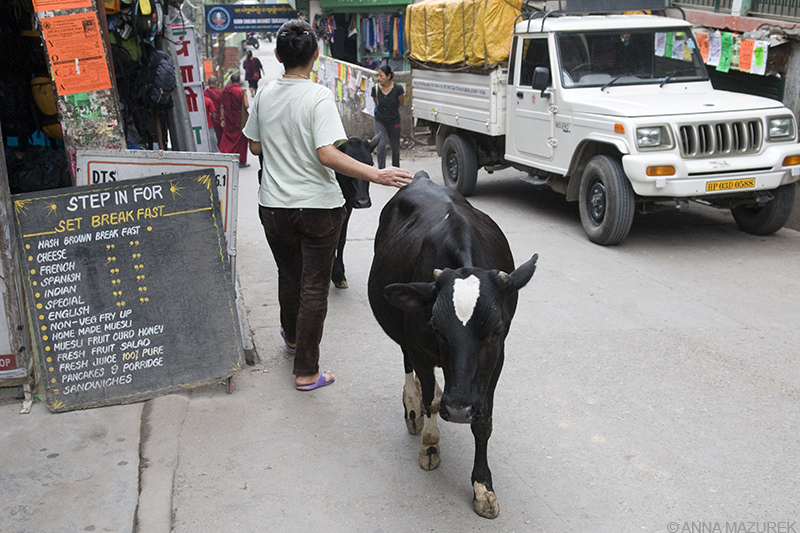
My foot fell through the grates of a sewer drain on this street in McLeod Ganj, India. (Yes, that’s a stray cow wandering the street.)
4. Be Prepared
It’s always good to plan for the worst if only to reduce your fears. Buy travel insurance and take small precautions that will save you a lot of headache in the long run. Here are few things I do to be prepared:
- Do Your Research. Research potential health or safety concerns in your destination so you can take the proper precautions. Check travel alerts on Travel.State.gov and recent editions of travel guides for current concerns. Ask receptionists and locals for safety advice about places you want to visit.
- Road-side Assistance. There was no way for me to predict that my car engine would blow on I-40 especially since I’d just had the oil changed the day before. But, I had AAA so they towed my car for free to the dealership, which took part of the headache away. (Many credit cards offer similar services.)
- Talk to Your Doctor. For Delhi Belly (food poisoning), my doctor prescribed antibiotics for me to carry on trips since I always seemed to get sick in the middle of nowhere. I also travel with rehydration salts to help with hydration. I always buy medical travel insurance with no deductible so it covers any medical issues and emergency evacuation.
- Back-up Bank Account. I opened a second back-up checking account and always keep that debit card in a different spot than my main card. If one card was stolen, I can easily transfer my money to the other account. (Both accounts are Charles Schwab and have no fees or minimum balance requirements. For more on travel banking, read my Travel Banking 101 post.)
- Don’t Get Hangry. Pack snacks to avoid hanger (anger caused by hunger). I ALWAYS have a snack with me that ranges from bananas to peanuts to a homemade steak sandwich, which come in handy when things are running smooth or when I’m stuck in a bus station in the middle of nowhere.
- For more ways to stay safe on the road, check out my Travel Safety 101 post.
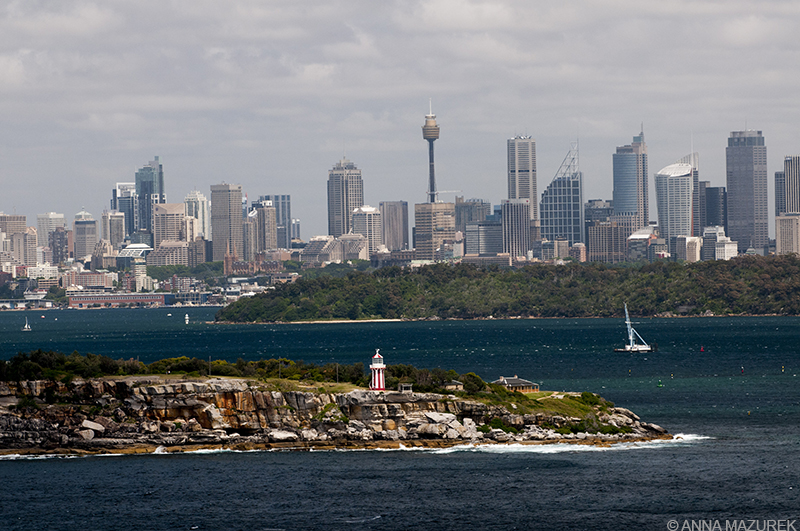
How to Win a Battle with a Giant Australian Spider

At first glance, Sydney, Australia is a beautiful city but it has it’s share of dark secrets like GIANT SPIDERS!
It was midnight on a Wednesday.
In typical horror movie fashion, I was home alone. I was renting a room in a three-bedroom house in the western part of Sydney, Australia. On this particular night, my roommate was working late.
As I was turning off the light before crawling into bed, I noticed a dark spot on the ceiling directly above my bed. I flipped the lights back on to investigate. The dark spot was a MASSIVE spider. By MASSIVE, I mean it’s head was the size of my thumb and its’ body span was the size of my ENTIRE hand!! It was like a tarantula with longer legs. I stood there flipping the lights on and off repeatedly in hopes it was a mirage. But, it was very, very real!
Take a moment to Google “Huntsman spider.”
Now, that you’ve stopped screaming and picked your phone up off the floor, let’s continue with the story.
First of all, spiders should NOT be that big. I have never been afraid of spiders. When they reach a certain size that rivals width of my shoe…well, things change.
There was ABSOLUTELY no question that the giant spider had to die for several reasons:
1) Australian spiders are known to be very poisonous and deadly.
2) There was no way I was sleeping in the same room as him.
3) He doesn’t pay rent. Damn, freeloader!

My reaction to the spider was the same as the entry way to Luna Park in North Sydney.
Problem # 1: My room has 12-foot high ceilings.
First, I moved my bed and anything he could hide under out of the way or into the hall. (Did I mention he was directly above my pillow? AHHH!) To prepare for the battle, I put on the thickest shoes I owned, tucked my pajama pants into my socks and put on a long sleeve shirt to cover my skin in case he fell on me.
Instinctively, I ran to grab the broom, a shovel and the vacuum. (The shovel seemed like a good tool to use to decapitate him.)
Then, as any self-respecting 26-year-old would do, I called my parents to discuss my strategy. (It was the middle of the day in South Carolina so they were clearly awake.) Parents are supposed to know how to deal with these things. After clarifying the massive size of the spider to my dad repeatedly, he helped me concoct a plan. His exact words: “Go ahead and vacuum him. Then, call me back.”
Problem # 2: The vacuum doesn’t have a long hose attachment.
Again, the ceiling is 12-feet tall. My Macgyver instinct kicked it. To maximize my distance from said spider, I taped the broom handle to the vacuum hose with the roll of mailing tape. Hitting him with a broom or even the shovel would be messy (i.e. spider blood on the white paint, holes in the wall, etc.) The vacuum was my only hope. I just prayed it was strong enough.
Problem # 3: The vacuum hose is too short to reach the ceiling.
I put the vacuum on one chair and stood on another chair in order execute my plan. Both chairs are as far away from the spider as possible. I round up every bit of courage in my body and poke him with the end of the vacuum using my DIY broom-hose attachment. He scurries to the right. I scream and almost fall off the chair. Then, I intercept him. He puts up a fight, but he is no match for the power of the vacuum! (There was a moment where I was seriously concerned he was too big to vacuum.)
I step down from the chair and put the vacuum on the floor. My heart is pounding. The vacuum is still running at this point because I’m scared that when I turn it off he will try to run out of the hose. Or what if he multiplied like those Gremlin things from that ‘80’s movie? I busted out my Jackie Chan ninja skills to quickly tape a plastic bag over the end of the hose as soon as I hit the off switch. The bag looks a bit thin so I quickly grab a thicker bag and tape it over the hose with lightening speed.
Then, I lock the vacuum in the closet in the spare room and proceed to check my entire room for the spider’s friends and relatives.
Anna – 1
Giant Spider – 0
Now, I’m terrified to go to sleep. What if he comes back for revenge? I feel like spiders are crawling all over me. There is a vent near where the spider was on the ceiling. I rip off the back of a magazine and tape it over the vent so none of his freeloading friends can come visit.
I text my roommate to explain that there is a giant spider living in the vacuum in the spare room. Then, I call my dad back to let him know that I’m alive.
Since it’s clear, I won’t ever be sleeping again. I sat down to type this email.
This, my friends, is how you defeat a giant Australian spider.
(Update: The vacuum stayed tapped up in the spare room until I moved out a few months later. Initially, I thought the spider was a deadly funnel web but later found out the spider was a Huntsman, which is not poisonous. Ironically, after spending the next five summers in Asia, I became very Buddhist and started catching small spiders and taking them outside instead of killing them.)
_______________________________________________________
COMING UP:
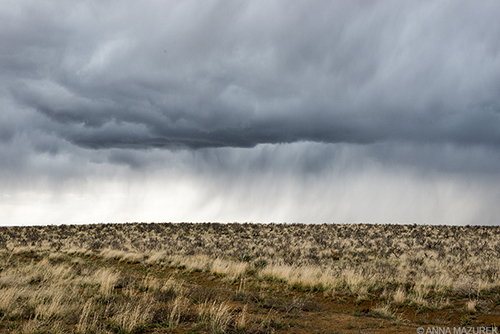
4 Ways to Survive Tough Travel Days
There are bad days on the road just like there are at home. The good days are glorious. And, the bad days are, well, tough. I’ll share some of my hilarious travel mishaps and offer tips to help you deal with the less than glorious days.

Interview with Texas Monthly’s Travel Writer Jordan Breal
 In this week’s Travel Tuesday Interview, I chat with Texas Monthly’s senior editor Jordan Breal, the ultimate Texas travel expert! As the magazine’s travel writer, it is literally her job to explore the great state of Texas! The Fort Worth native shares her list of must-visit destinations, best scenic drives, and most importantly, the best places for barbecue to help you plan your own Texas adventure!
In this week’s Travel Tuesday Interview, I chat with Texas Monthly’s senior editor Jordan Breal, the ultimate Texas travel expert! As the magazine’s travel writer, it is literally her job to explore the great state of Texas! The Fort Worth native shares her list of must-visit destinations, best scenic drives, and most importantly, the best places for barbecue to help you plan your own Texas adventure!

Texas Monthly’s resident travel writer, Jordan Breal, playing tourist in her hometown of Fort Worth, Texas. (Photo courtesy of Jordan Breal)
Name: Jordan Breal Age: 35 Hometown: Fort Worth, Texas Website/Social Media: texasmonthly.com/travel / Instagram: @jordanbreal / Twitter: @jordanbreal
1. How did you start traveling? When I first joined Texas Monthly as an editorial assistant, in 2005, I wasn’t yet sure what type of writing I wanted to do, but I had a clear vision of spending my days driving along the highways and byways and back roads across my home state. A few months into the job, I helped launch a new travel page called “Street Smarts,” and by the time I was a few years into the job, I realized I was spending more and more time on travel stories—and more and more time on the road. I was dubbed “the Wanderer” by a former editor, and my column of the same name launched in September 2012. I’ve pretty much been a full-time roamer ever since. These days, I’m spending about a quarter to a third of each month out reporting, and I put somewhere around 13,000 or so miles on the odometer each year. Of course, in my original vision all those years ago, I was doing all of this driving in a vintage Shelby Cobra, but I have yet to be handed the keys to one at any rental car company.
2. What does your average work day look like as the resident travel writer for Texas Monthly? The great thing about being a travel writer is that there is no average work day. When I’m out reporting, each day is a marathon of trying to do, see, and eat as much as possible in a particular town or city, and of course, I’m conducting interviews and trying to find even more places to go and things to do along the way. Then, in the evenings, I catch up on emails and make sure my other projects are humming along. They’re long days, for sure. When I’m in the office (or the home office, as is often the case), I’m hunkered down writing my column or one of my travel posts for texasmonthly.com. Or I’m editing one of our multi-part travel features. Or I’m brainstorming what to write about next, planning social media posts, saving all the places I still want to check out to my Pocket list, and sketching out itineraries in one of my many Google Maps (like this epic burger road trip). Although I sometimes fantasize about what it would be like to have a 9-to-5 job, I like the unpredictableness of my schedule, and I’m afraid I’d go stir-crazy if I had to be in the same place every day. I’ve been ruined for normal employment.
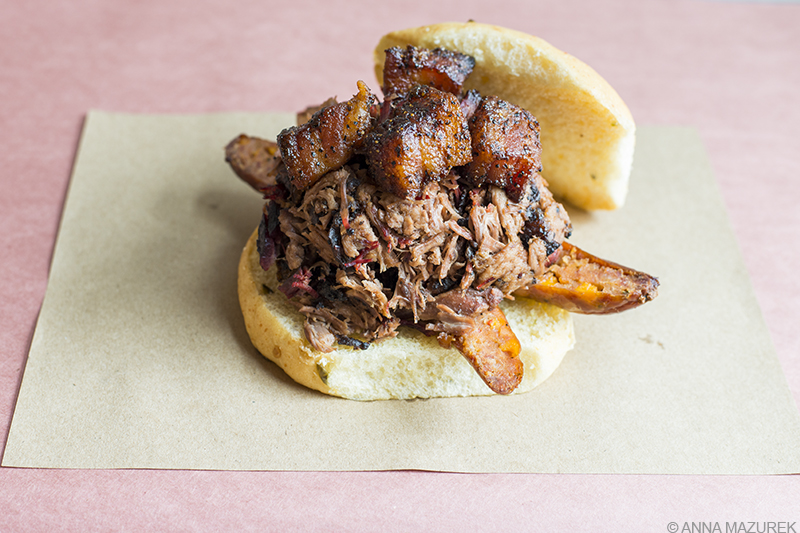
HEIM Barbecue in Fort Worth is one of Jordan’s top barbecue picks in the state. Try their BBQ Snob sandwich with chopped brisket, bacon burnt ends, sausage on a jalapeño cheddar bun, which I photographed last fall for a freelance story.
3. Give us your picks for the best barbecue in Texas. Readers across the world (yes, the world!) wait eagerly to see which joints make our vaunted Top 50 BBQ list; it’s published every four years now and is determined by our full-time barbecue editor, Daniel Vaughn (aka @bbqsnob), our esteemed food editor, Patricia Sharpe, and the team of professional eaters they deploy to every corner of the state. Our next list drops at the end of May, and I can’t wait to see if there have been any big shake-ups or if anyone has unseated our reigning champ, Franklin Barbecue, in Austin (yep, it’s the one that has the really long line). In the meantime, I’ll be getting my fill of brisket and pork ribs and sausage at:
- Snow’s in Lexington (its pit master, Tootsie Tomanetz, is my role model)
- Heim Barbecue in my hometown of Fort Worth
- Cooper’s Pit Bar-B-Que in Llano
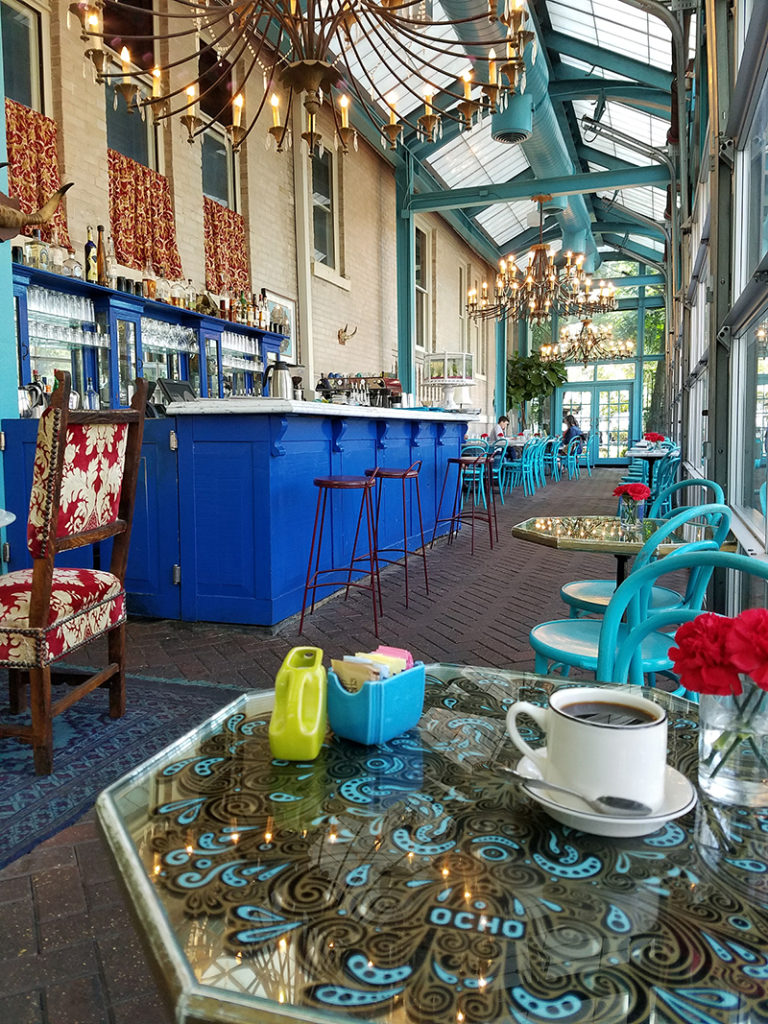
Ocho in Hotel Havana in San Antonio is one of Jordan’s top places to eat in Texas. (Photo courtesy of Jordan Breal)
4. Where are your three favorite places to eat in Texas? I’m going to hedge a teensy bit here and declare my three favorite places to eat in Texas right now because otherwise I’d spend a month trying to winnow it down:
- Julio’s, in Austin, because it’s where my friends and I go to catch up over gooey enchiladas and killer Mexican martinis.
- Ocho, at the Hotel Havana, in San Antonio, because it feels like you’re in a bejeweled greenhouse just above the River Walk and because I always want to order everything on the breakfast menu.
- Ode Brewing Co., in El Paso, because I just had an amazing meal there (fried cauliflower, black-bean burger, and fries with their coffee porter) after a long day of hiking through the Franklin Mountains.
5. What are some great off-the-beaten path destinations in Texas? It just so happens that for my latest cover story, “Hidden Texas,” I spilled the beans on dozens of my favorite shops, restaurants, boutique hotels, etc, that are in the state’s tiniest towns. There’s Ritual, a French-inspired luncheonette with a yoga studio and meditation labyrinth, in East Texas; Rancho Loma Vineyards, the latest spot-on venture in tiny Coleman, near the smack-dab middle of the state; Front Street Books, my favorite indie bookstore way out west in Alpine; and the Inn at Chachalaca Bend, a lush, half-hidden B&B thronged with birds in the Rio Grande Valley. Since Texas is the second-largest state, in both area and population, I don’t anticipate running out of far-flung destinations to visit any time soon.

Jordan scouted out the historic downtown of the tiny town of Saint Jo in North Texas, which has a population of just over a 1,000, for a possible story. (Photo courtesy of Jordan Breal)
6. What are some of the best scenic drives in the state?
- If you want to feel like you’re on the edge of the world: Point your high-clearance vehicle toward the River Road that roughly parallels the Rio Grande on the state’s western edge out in Big Bend. For a slightly less adventurous (read: safer) trek, follow this loop, which starts and ends in Alpine, and also gets you right up next to the mighty Rio Grande.
- If you want to channel the spirit of both the Comanche and Coronado: Drive south from flat Amarillo until the land splits open dramatically at Palo Duro Canyon State Park (home of the second largest canyon in the U.S. after that other canyon).
- If you want to see carpets of colorful wildflowers: The Hill Country’s a high-density area for the indigo bluebonnets, red Indian paintbrushes, purple winecups, and hundreds of other species of wildflowers that pop up each spring; start in Vanderpool, head west to Leakey, then south to Concan, and east to Utopia.
7. What are three places in the state that every Texan must visit in their lifetime?
- The Alamo, because it’s the “cradle of Texas liberty”…but also, its four (lovelier, if less famous) sister missions.
- Big Bend, because it’s wild and vast and home to one of the least-visited (but absolutely gorgeous) national parks…but also, lush, slightly spooky Caddo Lake on the clear other side of the state, whose beauty is just as mysterious.
- Padre Island National Seashore, because it’s the longest undeveloped barrier island in the world and offers superb seashelling…but also, San José Island (a.k.a. St. Jo), a privately owned island across from Port Aransas that’s accessible by ferry and feels as isolated as the privately owned island of your dreams.
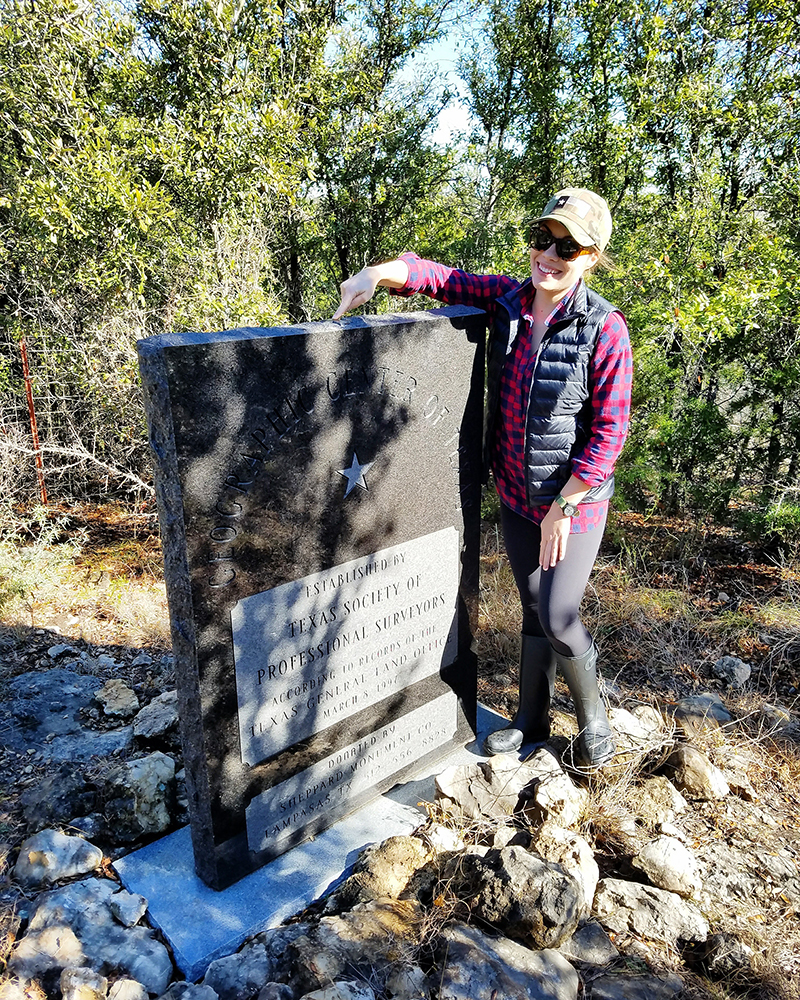
Jordan visited the geographic center of Texas, which is located on private land near the town of Brady. (Photo courtesy of Jordan Breal)
8. Share one of your travel highlights. Yes, I spend most of my time encouraging people to travel to places within Texas, but I do manage to get beyond state lines from time to time too. Of course, I always get a kick out of running into fellow Texans abroad, which always seems to happen, whether I’m in a five-star hotel in Milan or biking the length of Caye Caulker. I swear we all gravitate toward the same places or else we really are just everywhere. One of the best trips I’ve ever been on was the eight-day cross-country drive I took with two friends last fall. We started in Austin, ended in San Francisco, and hiked our way through so many mind-boggling landscapes along the way, including White Sands National Monument, the Petrified Forest, Zion National Park, the Grand Canyon, and Death Valley. It reignited my life dream of strapping a tent to the roof of my car and becoming a full-time overlander. 9. Name three things you always pack for a trip.
- A pair of cheap hotel slippers, which I buy in bulk from an online wholesaler.
- My Bondi cell phone holder, so I can safely navigate hands-free.
- A packet of Dr. Singha’s Mustard Bath and Skyn Iceland eye gels, in case I get a minute to decompress.
- I’ve also been known to travel with my boot jack. 🙂
10. What is your next adventure? Next week, I’m heading to Round Top to do a little junking and treasure hunting at the antiques shows that take over nearly every building and field along a twenty-mile stretch each spring and fall. I’ve also got a weeklong (non-work!) trip to Port Aransas on the horizon; we’ve got a beachfront rental house that sleeps 18 and no plans to do anything more strenuous than laze by the water during the day and fry up some seafood in the evenings. That said, I’m sure I’ll start to get a little cabin fever and sneak away to see what interesting things I can find—and then eventually write about. A wanderer’s work never ends!
_______________________________________________________
COMING UP:
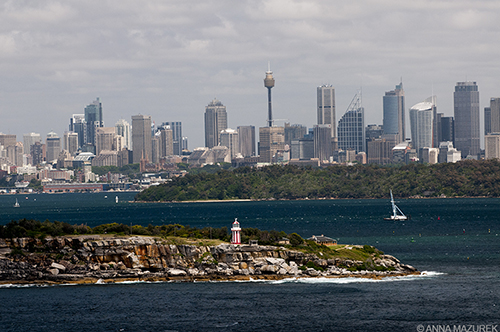
How to Survive Tough Travel Days
There are bad days on the road just like there are at home. The good days are glorious. And, the bad days are, well, tough. I’ll share some of my hilarious travel mishaps including my battle with giant Australian spider and offer tips to help you deal with the less than glorious days.
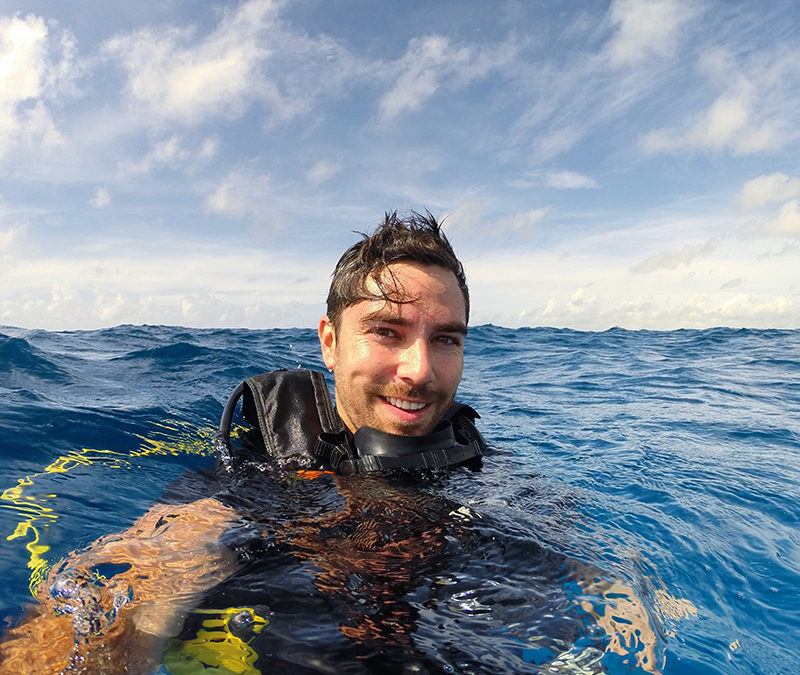
Travel Tips from a Flight Attendant

In this week’s Travel Tuesday Interview, I chat with Delta flight attendant Madison Chase about dealing with jet lag, his favorite places to visit and life as a flight attendant! Madison and I worked together when I lived in Santa Barbara, California and became instant friends based on our love of Asia!
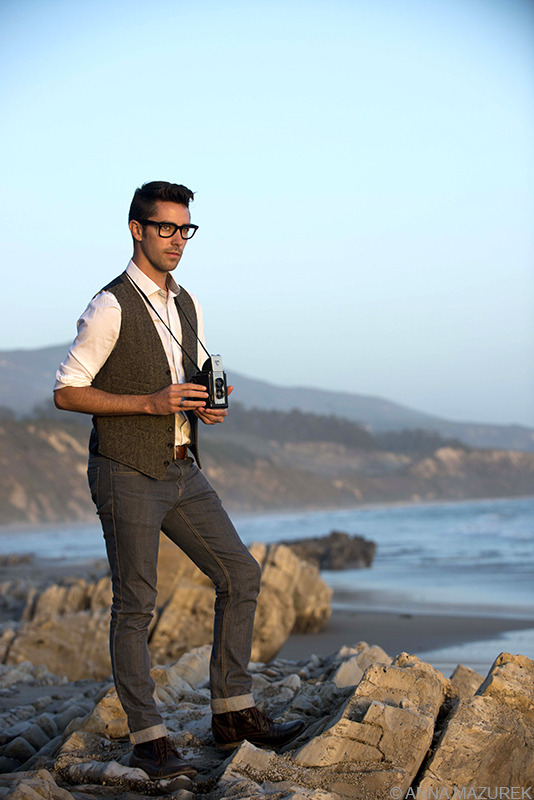
Madison is also one of my favorite models. We did a portrait shoot in Carpentaria, California.
Name: Madison Chase
Hometown: Pleasant Hill, CA
Age: 30
Country count: 26
Instagram: MeowdisonChase
1. How did you start traveling?
I am very lucky to come from a family that travels often and in somewhat rather grand ways at times. For example, when I was in 6th grade, my parents rented a giant motorhome and took all six kids from Utah to NYC then to Florida and back to see all of the nation’s biggest sights and historical places. And, that was kind of a big deal especially for my older siblings since we missed a month of school. Shortly after 9/11, we used my sister’s buddy passes from her working at Delta and went to Costa Rica for a couple weeks, and after I graduated, we all went to Peru on a humanitarian trip for two weeks.
Two months after Peru, when I was 19, my oldest sister and I went to Asia for the first time and that really changed my life. I spent nearly three months in Southeast Asia scuba diving, sightseeing and grew so much as a person. I fell in love with foreign places and the magic that immersing yourself in other cultures can bring. Along the way, I managed to help do some scuba tsunami clean up (as I was there just six months after it happened).
A few years ago, while taking a break from my zoology studies in school, I was lucky enough to be sponsored for an animal communication adventure in Singapore and Indonesia. So, I quit my job at Apple in San Francisco and asked my roommate to watch my two cats, two snakes and my tarantula. [I] packed up and left for three months. I took classes in Singapore, then we moved on to work at an elephant sanctuary in Sumatra and then, went to observe orangutans in Borneo. From there, I said goodbye to the group and went back to Bali for a week then to a live aboard dive boat in the Komodo Islands, where I experienced the best diving I’ve done since I started in 2005. From Indonesia, I headed up to Laos where a friend from class in Singapore was the head vet at a struggling zoo that was being turned into a sanctuary by private group. I volunteered there for some time since I had a background [working at] other zoos back in the States.
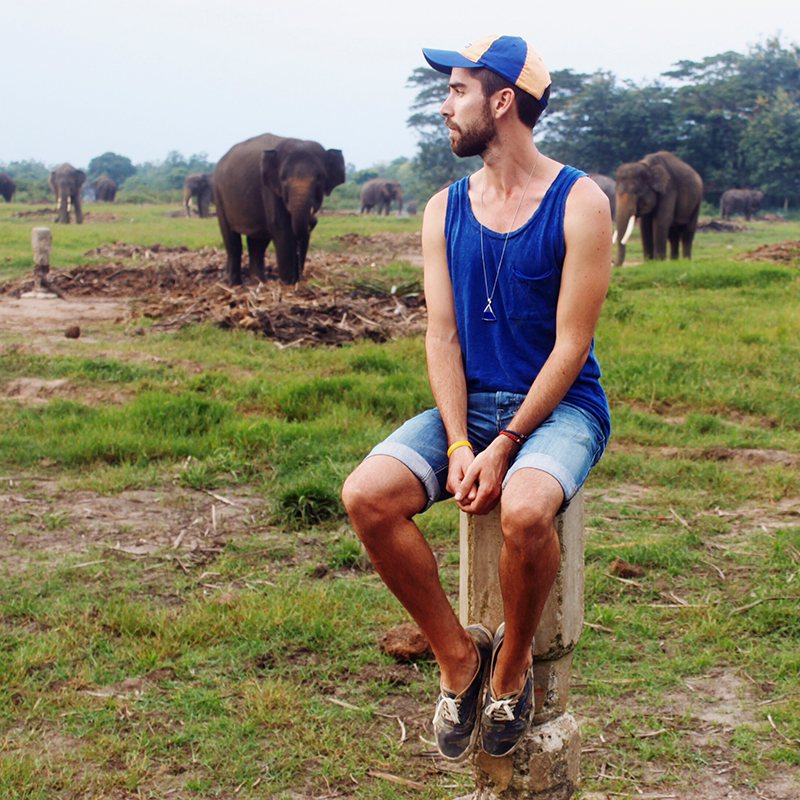
Madison worked at an elephant sanctuary in Way Kambas park in Sumatra during a three month trip to Asia. (Photo courtesy of Madison Chase.)
2. What are the perks of being a flight attendant?
The biggest perk of being a flight attendant is the flexibility and freedom to travel. My schedule is very fluid. I can move my assigned trips around for the month, allowing more time at home or more time to travel when I want. I don’t pay anything when I fly domestically, and it’s even free every time I fly out of the country. And, I usually get business class on those. I only pay the taxes when I return. For example, when I went to Australia for my 30th birthday this year, it was just $92 USD round trip. Granted I always fly standby and it’s based on seniority, meaning I often don’t get on the flight I want. And, if you’ve flown at all the last couple years, you’ll notice that often flights are full, and they ask for volunteers to get bumped, meaning unless I want to sit on the jump seat with the crew for the duration of flight, I have to be very flexible with my plans. But overall, it’s been amazing being able to travel when/where I want for nearly nothing at all!
[If you’re interested in applying to be a flight attendant, here are the links to the job postings for the major U.S. carriers: Delta, American Airlines, United and Southwest.]
3. What advice would you have for someone wanting to be a flight attendant?
When I applied, they got over 200k applications and only hired 1500. It can be incredibly steep competition, and you really never know exactly what they are looking for. But, be persistent! I was lucky enough to be hired on the spot after my in-person interview, but others I know applied multiple times and then, were hired later or called out of the blue [and asked] if they could start training immediately. You have to be extremely flexible and able to charm your way with the interviewers, making them believe you love people and are great at handling stressful situations. The people thing I faked: I studied zoology for a reason because I really don’t like people. But, being able to handle the stress under pressure is key. Yeah, I mostly just hand out Coke and peanuts, but when the heat is on…. you have to be highly adaptable to ever changing situations, where the biggest factor is usually human threat/error and always ready to take charge of a situation because at 35,000 feet, it’s just you and the crew and 150 pairs of eyes watching the drama unfold.
4. Share some tips for dealing with jet lag.
With this job, I’m basically tired all the time so learning to nap is key. When I travel to another country for work, I am usually up all night working so my jet lag is always more extreme than a regular passenger who can attempt to sleep during the flight. When I get to my hotel, I generally sleep 2-3 hours and then, force myself up and go about my day exploring and staying up till the local bedtime. But, when I’m home I just enjoy any excuse to lay in bed with my cat relaxing/snoozing. I’ve read that eating at the normal times in the new country can help combat jet lag because your digestion plays a big part. So, instead of skipping meals or eating at random times, try and have breakfast/lunch/dinner at the same time as the locals and that can help set your body clock to your new destination.
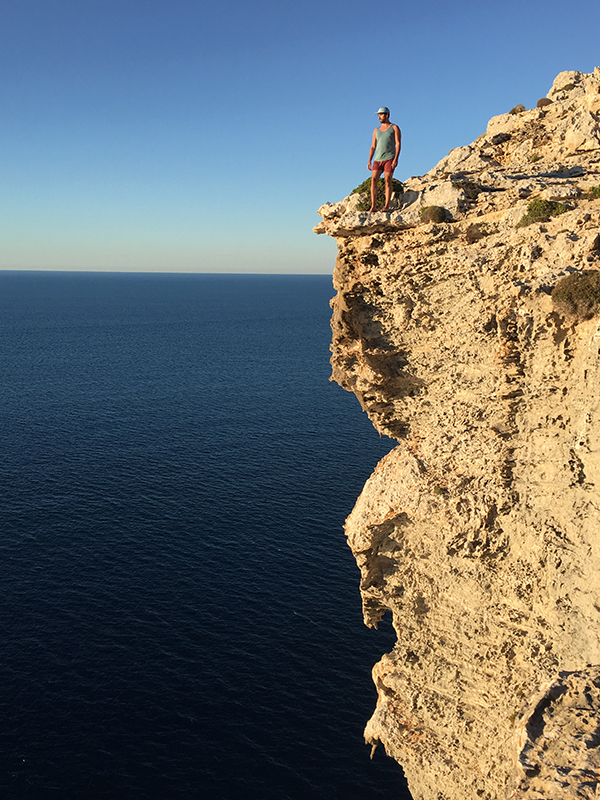
Menorca is one of Madison’s favorite places to visit because it’s only a 45 minute flight from another city he loves — Barcelona. (Photo courtesy of Madison Chase.)
5. What are your three favorite places to visit?
I am absolutely obsessed with Barcelona. The city is gorgeous, the people are gorgeous, the food is amazing and so cheap! Also with that, I’ll just lump in Menorca/Mallorca…
Since nature and diving are very important to me, one of my favorite places that I’ve been to was the Komodo Islands in Indonesia. I was in Bali and had to take a couple flights over there, but I experienced the best diving in my life there. The islands are protected because of the Komodo dragons and the surrounding waters are
The third would have to be Sydney because it has everything one could want on an adventure: fun metropolitan city, beaches, amazing food/coffee and so many gorgeous natural places within an hour’s drive in any direction. I had originally planned for just a couple days here, but luckily my friend I’d met through Instagram was off work and showed me around for an entire week, and I just completely fell in love with the city!
6. What was your greatest struggle as a flight attendant/traveler and how did you overcome it?
So far, the biggest challenge as a flight attendant has just been learning to adapt to the new lifestyle that the job brings, especially in the first couple years. We don’t make a lot of money at first, and since you’re junior in the system, you kind of get the leftover trips that others don’t want. I had to commute from Utah to Michigan [right] out of training, and then from Utah to NYC after that. For me, it’s all about staying positive and learning how to work the system so I can have greater flexibility with my schedule. The benefits of the job outweigh the negatives in these first years, and I fully take advantage of flying for free so I’m always going someplace new for fun when I can get some time off.
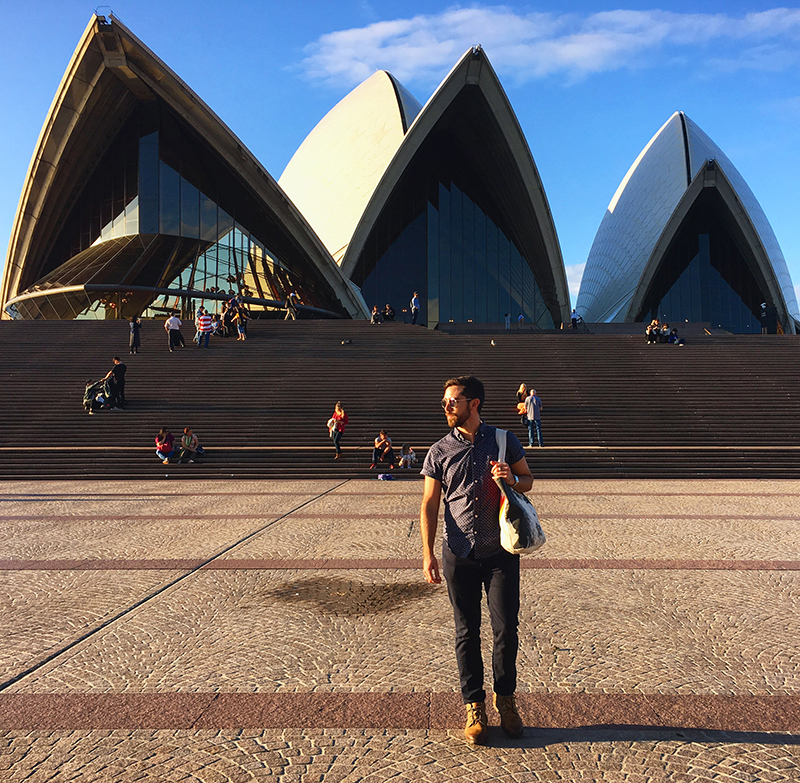
Madison spent a week exploring Sydney, Australia with a friend he met on social media and fell in love with the city. (Photo courtesy of Madison Chase.)
7. What is the biggest myth about traveling solo?
I know that I have never grown so much as a person until I was off in Asia at 19 years old, bouncing around different countries and really learning who I was and how strong and confident I could be as a person. I love traveling alone because I’m not beholden to anyone else’s agenda or likes/dislikes. I can do all the things that interest me and make new friends along the way, which was challenging at first since I’m kind of shy, but when you’re alone, you tend to find others wherever you are that are likeminded and go out of your way to make new friends and because of this I’ve got people all over the world that I can always visit and stay with, which is amazing!
8. Can you share some tips for packing light?
Packing light has never been a strong suit of mine because I love clothes and having many options. But, I usually just bring a couple pairs of pants/shoes that will go with anything, and then a bunch of shirts that I roll really well so as to make as much space as possible. I have also often found myself bringing a computer/laptop thinking I’ll use it all the time but end up just reading my Kindle or using my phone exclusively and regretting the extra weight/pressure of losing/breaking/having my devices stolen. Unless you’re going to the middle of the desert, you just need to remember you can always buy something later that you might find you need!
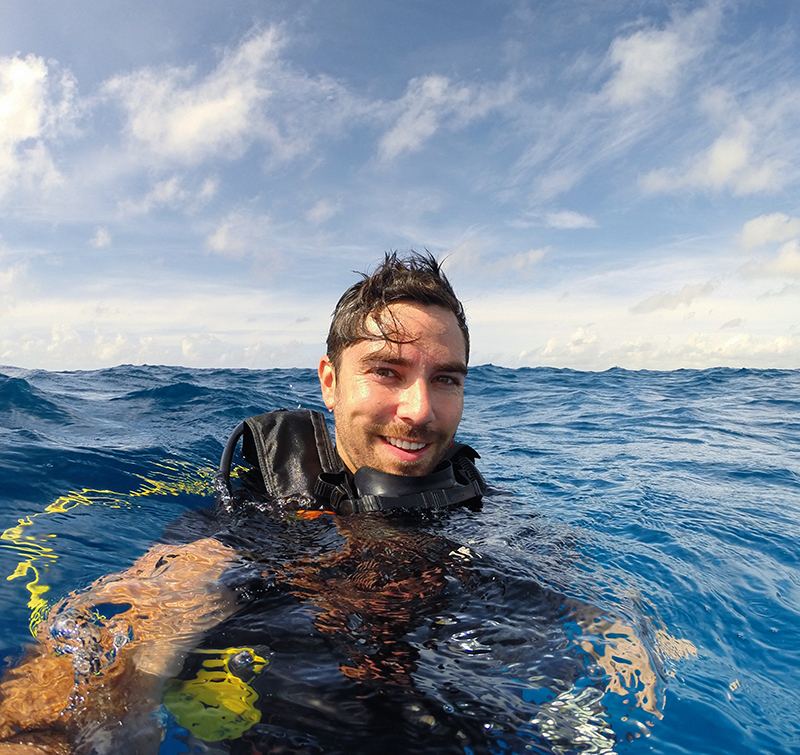
Madison diving near Cozumel, Mexico with his GoPro camera. (Photo Courtesy of Madison Chase.)
9. Name three things you always pack for a trip.
- Soft sweater/hoodie for flights (using as a pillow, keeping warm, etc.)
- Earplugs/eyemask
- Extra batteries/portable chargers for camera/phone, etc. (There is nothing worse than running out of juice at a critical time/place and being unable to find a place to charge!)
10. What is your next adventure?
Hmmm, this one I’m not sure! I just finished ten days in Spain last month, which was incredible. I’m planning on moving to Barcelona eventually and just commuting to NYC for work because I love it so much. But, my sister and I want to go back to Australia in the next couple months to check out Byron Bay and go diving at the Great Barrier Reef so that’s probably the next big one. Also, I’m going to try and check out more places in the Caribbean now that I live in NYC, and it’s easy to get to. I want to explore Puerto Rico, go diving in Turks and Caicos and get to Cuba before it gets too popular.
_______________________________________________________
COMING UP:

Sunrise on Lady Bird Lake in Austin, Texas
A Local’s Guide to Austin, Texas
Austin, Texas has been my home base since December 2013 (minus that year I spent in South America), which basically makes me a local by Austin standards. It literally is my job as a freelance travel writer and photographer to try the best restaurants, bars and cool things to do in Austin and the great state of Texas. In my next post, I’ll cover all the best places to eat, drink and visit in my current hometown!
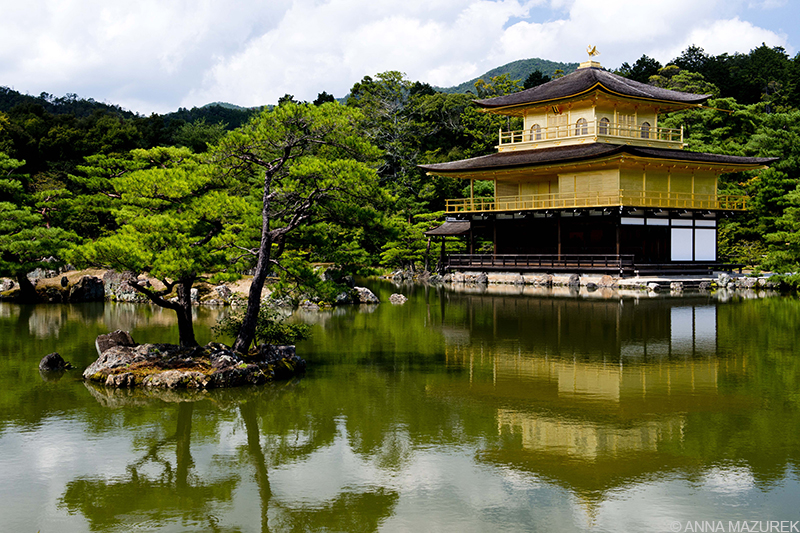
Where to Go in Japan
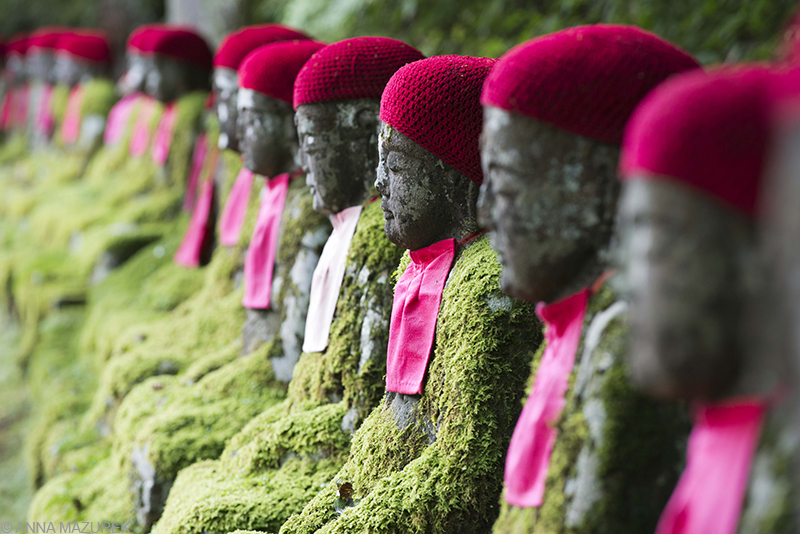
The Kanmangafuchi Abyss in Nikko, Japan is lined with statues of a Jizo, a Bodhisattva who is the guardian of travelers and children.
The more I travel, the more one place reminds me of another in small ways. Japan is one of the few exceptions. There’s no place in the world as safe, bustling or as efficient as this tiny island nation, which houses 127.3 million people on land mass smaller than California.
I spent three weeks zipping around Japan on bullet trains visiting friends, hiking ancient cedar forests and photographing mountain-side shrines. My travels always revolve around stunning landscapes or architecture. My photography (and stomach) fuel my adventures and dictate my itinerary. I’m also intrigued by Buddhist philosophy. Japan had no shortage of either and did not disappoint.
If you’re planning a trip to Japan, here are nine places not to miss. Some are obvious spots but others are short day trips from large cities that are too often skipped. (All places mentioned are accessible directly by train unless otherwise noted.)
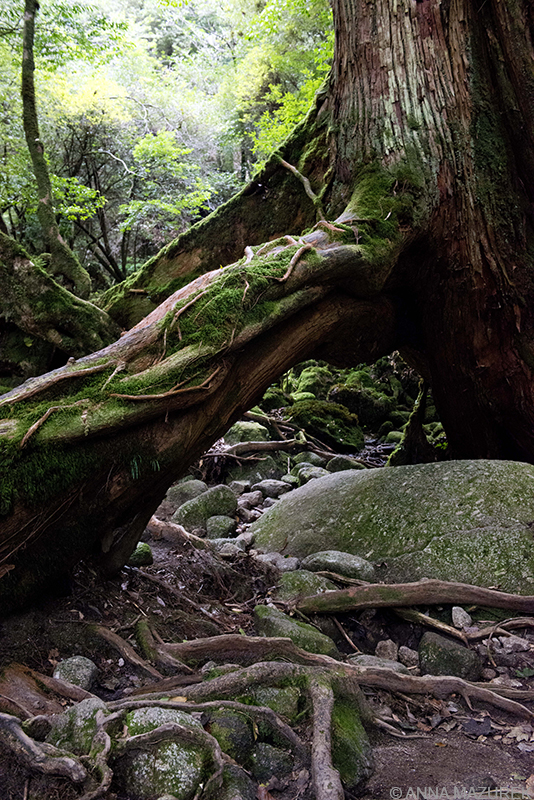
Yakushima is an island covered in ancient cedar forests, 73 miles south of the town of Kagoshima.
Yakushima
Hiking through the ancient cedar forests of the Yakushima, a subtropical island off the southern coast of Kyushu, was one of the highlights of my trip to Japan. The island is covered with trees that are more than 1000 years old. The only downside is that the island is the wettest place in the country so prepare to get soaked. Stock up on ponchos and rain pants at Daiso, the Japanese dollar store. Both worked well for me! Also, the island isn’t cheap, but it’s totally worth the cost to get there!
How to get to Yakushima: The cheapest way to reach the island is to take the normal slow four-hour ferry (Yakushima 2) from the town of Kagoshima, which is easily accessible by train, (ferry cost one-way: 4900 yen/$43 USD; Return: 8900 yen/ $78 USD.) There is a more expensive high-speed ferry that runs six times a day and take less than two hours if you get the direct route (one-way: 8300 yen/$73 USD). There is also an airport on the island. Buses around the island are limited so plan your schedule around the buses unless you rent a car.

Kinkaku-ji, known as the Golden Pavilion, is located in Kyoto and was rebuilt in 1955 after being set on fire by a frantic monk.
Kyoto
Kyoto is Japan’s shining gem. The former imperial capital is known for endless temples, gardens and shrines. Wander through the beautiful streets of Gion, the geisha quarter and entertainment district. Don’t miss the enormous Kiyomizu-dera temple built in 1633 and postcard-perfect Golden Pavilion, known as Kinkaku-ji, which is covered in gold leaf and perched on the edge of a reflecting pool. Both are part of the 17 monuments that comprise the UNESCO site known as The Historic Monuments of Ancient Kyoto. The best time to visit the city is in the spring for the cherry blossoms or the fall for the colorful foliage. Set aside several days or a week to explore the city and the surrounding area!
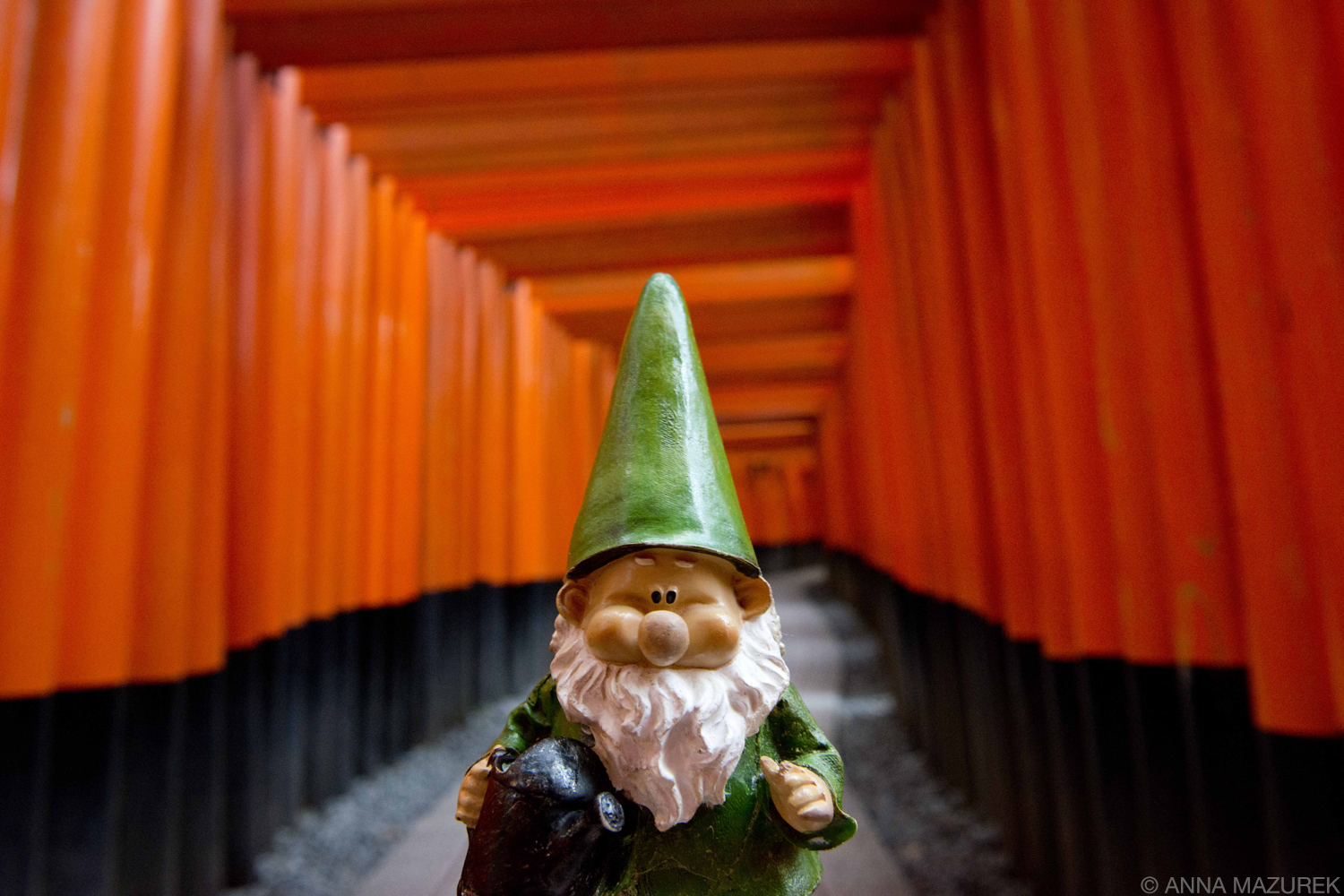
Clearly, I had to get an iconic shot of Alfred the gnome at Fushimi Inari, where a few scenes of the film Memoirs of a Giesha were shot.
Fushimi Inari
Thousands of red torii gates line the pathways of the scared Mount Inari, named after the Shinto god of rice. The main shrine lies at the base of the mountain and smaller shrines line the trails to the top of the mountain. It takes roughly two to three hours roundtrip to hike to the top. For more about my trip to Fushimi Inari and how to photograph the site without people, check out this post!
How to get to Fushimi Inari: Take a JR Nara Line train from Kyoto station two stops to the Fushimi Inari Station. The shrine is walking distance from the station.
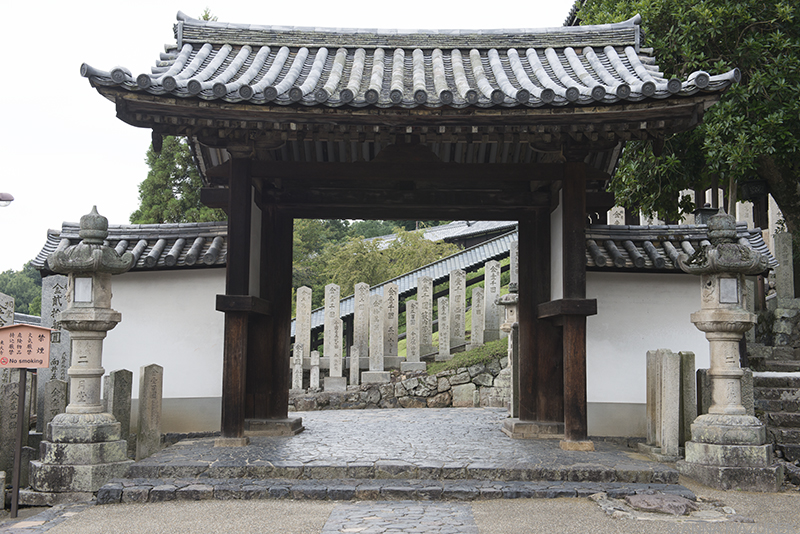
Nara is a very walkable city filled with eight UNESCO World Heritage Sites. It’s an easy day trip from Kyoto.
Nara
In the year 710, Nara was established as Japan’s first permanent capital known for the wild deer that roam the streets. The town is home to the oldest and largest temples in the country including Todaiji, which features the largest wooden building in the world housing a 15-meter-tall Buddha statue. My favorite writer, Pico Iyer, lives in Nara. He writes about the town occasionally especially in his book, The Lady and The Monk: Four Seasons in Kyoto, which is a must read for any trip to Japan.
How to get to Nara: It’s a 45-minute train ride from Kyoto Station to Kintetsu Nara Station.

The Arashiyama bamboo grove is very short but extremely photogenic. Arrive early for the best photo opportunities!
Arashiyama (Bamboo Forest)
The stunning bamboo groves of Arashiyama are famous. While the groves are gorgeous, they are very small and crowded so go early if possible. The town is also filled with a plethora of scenic temples and gorgeous gardens and make a great day trip from Kyoto.
How to get to Arashiyama: The town is a 15-20 minute train ride from the Kyoto Station. The central part of town is a short walk from the station.
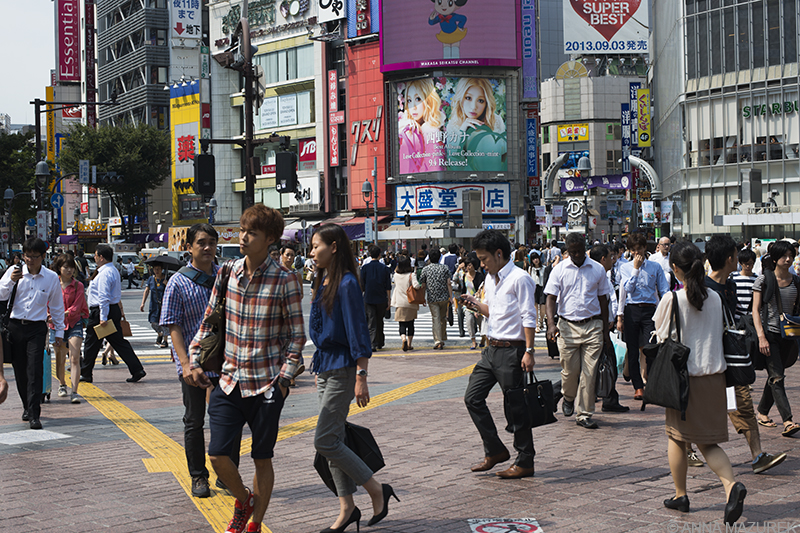
Five pedestrian lanes merge to create the Shinjuku crosswalk in Tokyo, which is rumored to be the busiest in the world.
Tokyo
Tokyo was like a posh version of India – a city of beautifully organized chaos. Set aside a few days to explore the cities various neighborhoods – the madness of the famous Shinjuku crosswalk, the sleek electronics district of Akihabara and the majestic Meiji Shrine that’s only a few minutes away from the hip fashion scene in Harajuku. Don’t miss the collection of tiny, charming dive bars of Golden Gai or a baseball game. Karaoke is clearly a must! Take your stomach on a tour of all the incredible cafés of the hip Shimokitazawa neighborhood, which Tokyo Becky talks about in her Travel Tuesday Interview that’s filled with Japan travel tips!
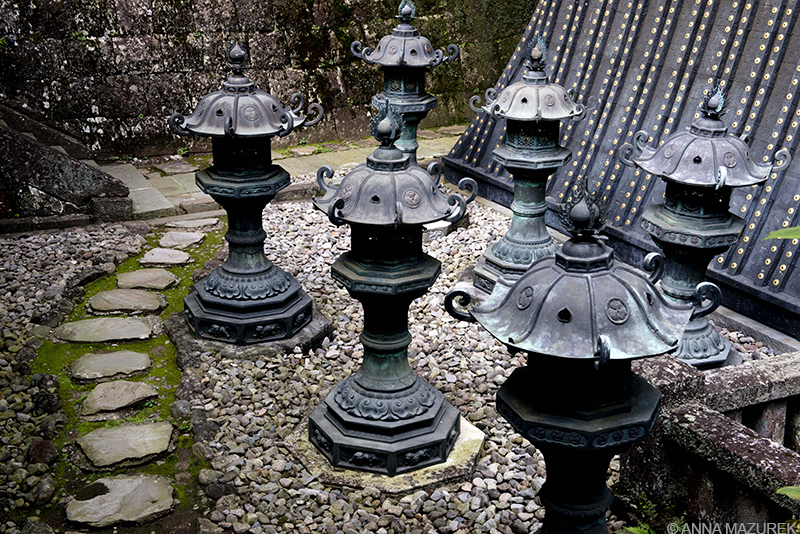
Nikko is a postcard-worthy town filled with scenic shrines that’s an excellent day or weekend trip from Tokyo.
Nikko
Nikko is one of the many great day trips from Tokyo. It’s the gateway to the Nikko National Park, which is filled with hiking trails, waterfalls and scenic mountainous views. The town is famous for one of the most lavishly decorated shires in the country, Toshogu, and a great spot for fall foliage. Be sure to stroll down the walking trail by the scenic gorge known as the Kanmangafuchi Abyss that is lined with stone statues of a Jizo, a Bodhisattva who is the guardian of travelers and children.
How to get to Nikko: To reach Nikko using a Japan Rail Pass, take the Yambaito or Nasuno Shinkansen from Tokyo for 50 minutes to Utsunomiya. Change to the JR Nikko line to the JR Nikko station (45 minutes). Be sure to check trains schedules for the Nikko line in advance since they can be limited.
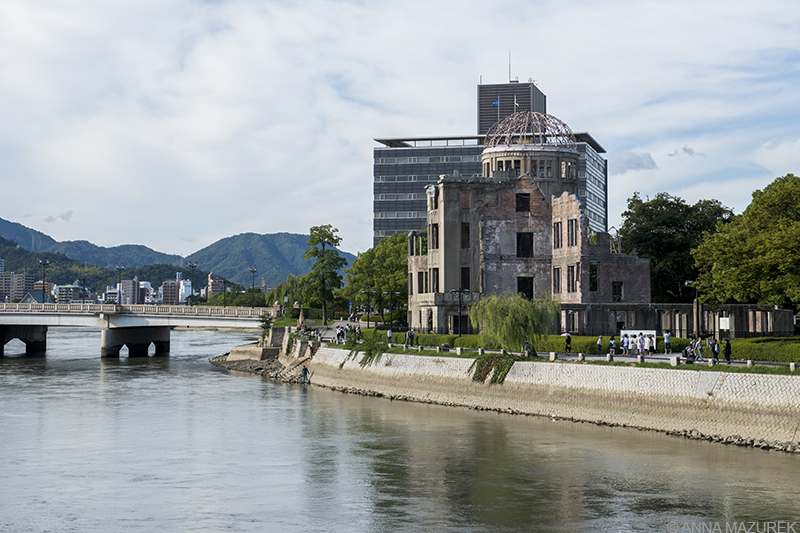
Hiroshima Prefectural Industry Promotion Building is only building left standing in the city center after the atomic bomb was dropped in 1945.
Hiroshima
On August 6, 1945, the atomic bomb was dropped on Hiroshima. The only visible sign of the bombing in the lush green city center are remains of the Hiroshima Prefectural Industry Promotion Building, known as the A-Bomb Dome. The building is located along the Motoyasu River in Hiroshima Peace Memorial Park, which is home to the Hiroshima Peace Memorial Museum, which is a must-see. (Admission: 200 Yen/$1.76 USD) The museum depicts life in the city before and after the bomb was dropped including artifacts from the victims and personal stories from survivors. Everyone should see this museum if only to fully understand the disastrous effects of nuclear weapons.
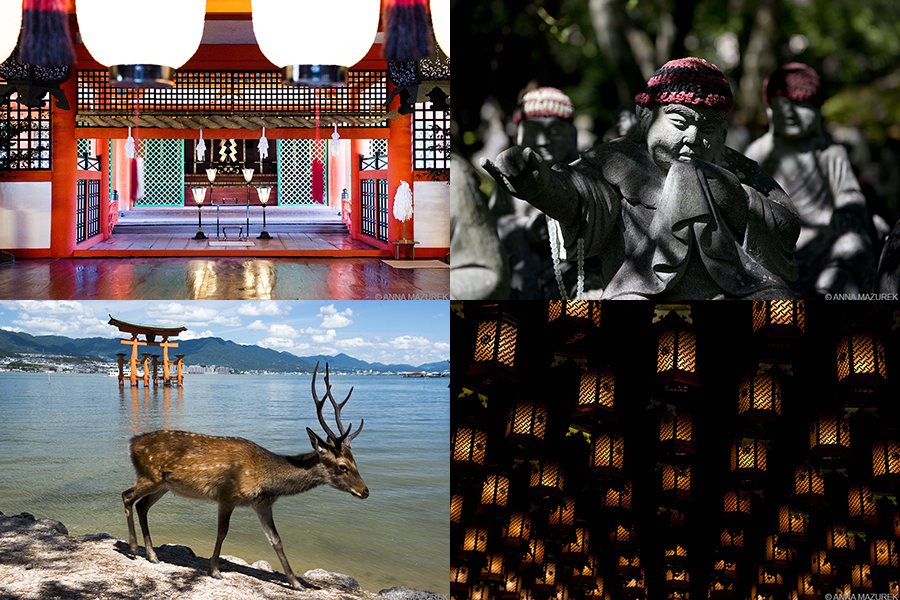
Clockwise from top left: Istukushima Shrine, statues at the Daisho-in Buddhist Temple, lanterns in the cave temple at Daisho-in Buddhist Temple, and wild deer near the “floating” torii gate in Miyajima.
Miyajima
Miyajima is a small island near Hiroshima is famous for a large “floating” red torii gate that is surrounded by water during high tide. Wild deer also roam the island. The main highlights include the floating Istukushima Shrine, a stunning mutli-building Shinto shrine. (Admission $2.50 USD)
Aside from the floating torii gate, my favorite part of the island was photographing the Daisho-in Buddhist Temple, a massive complex with statue gardens and many prayer halls. It is located at the foot of Misen Mountain and is the main temple of the Shingon Buddhist school of Omuro. One of my favorite photographs was the latern-covered ceiling of the Henjokutsu Cave, home to 88 Buddhist icons.
How to Get to Miyajima: From Hirmoshima station, take the JR Sanyo Line to Miyajimaguchi Station (covered by Japan Rail Pass) to the ferry port. There are two companies who run ferries (10 minute ride, 180 yen one way).
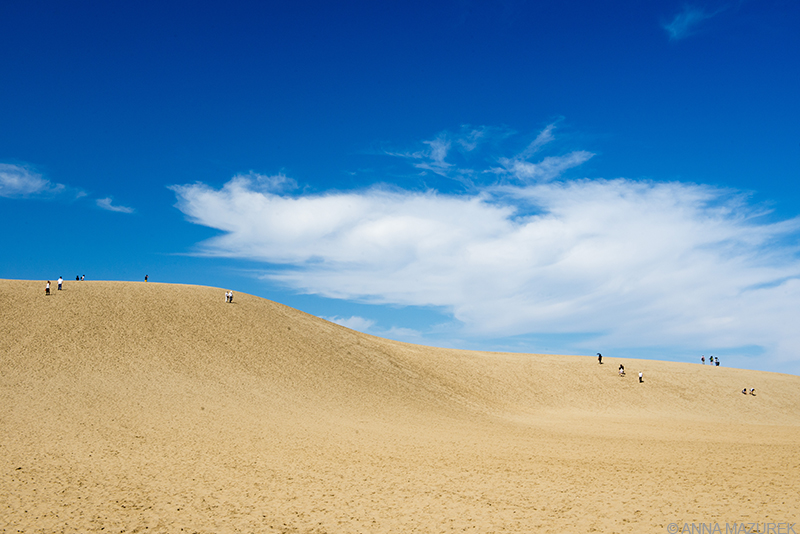
If you get temple fatigue, spend a day at the Tottori sand dunes and Sand Museum, which is three hours from Kyoto by train.
Tottori Sand Dunes
There are 16 kilometers of large sand dunes along the coast of the Sea of Japan near the city of Tottori located in western Japan. The dunes are the largest in the country and up to 50 meters high, which is a nice leg workout. There is one lone camel on the dunes that you can pay to ride, but the distance is extremely short for the steep $12 USD price. (I love camels so I considered it.) The Sand Museum (admission: 600 yen/$5.29) is adjacent to the dunes and features intricate large-scale sand sculptures from artists around the world. The museum itself was impressive, and I totally recommend it.
How to get to Tottori: From the Tottori train station, take the local bus at stop #0 in front of station that’s bound for Tottori Sakyu and get off at the last stop. The ride is 20 minutes and costs 370 yen/$3.26 USD.
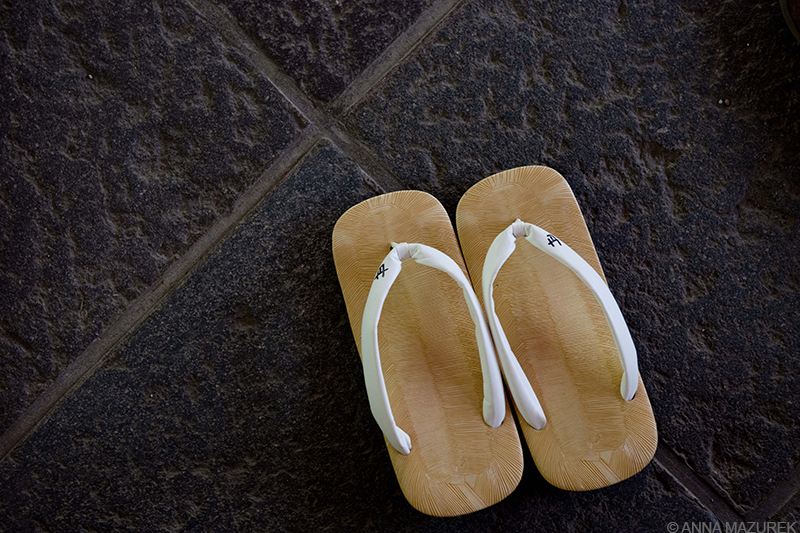
Japan Transport & Logistics
Japan Rail Pass
The most efficient and cost effective way to travel around Japan is to purchase a Japan Rail Pass, which vary in length from seven to 21 days. They offer unlimited travel on ferries, buses and all trains except the Nozomi and Mizuho trains.
| Length | Green (First Class) | Ordinary |
| 7 days | 38,889 Yen ($345 USD) | 29,110 Yen ($258 USD) |
| 14 days | 62,950 Yen ($559 USD) | 46,390 Yen ($412 USD) |
| 21 days | 81,870 Yen ($727 USD) | 59,350 Yen ($527 USD) |
You must purchase your rail pass BEFORE you enter Japan. You will receive an exchange order which you redeem for your pass once you arrive in Japan. The pass is only intended for tourists and not residents of Japan. (I purchased the 21 day pass in Singapore before I left for Japan.)
Download the Hyperdia app for timetables for all trains. It provides up to date train times and departure platforms. For more information on the rail pass, check out https://www.jrpass.com/.
Pocket WIFI Hotspot
Another great investment for any Japan trip is a pocket WIFI hotspot. You will never get lost. You simply reserve the hotspot online, pickup at the airport then drop it in a mailbox with the prepaid envelope when you leave. I recommend renting a hotspot for the entire trip instead of getting a SIM card because most SIM cards only come with data access anyways. (Most of Japan is on a CDMA-based phone network.) For more on internet in Japan, check out this guide.
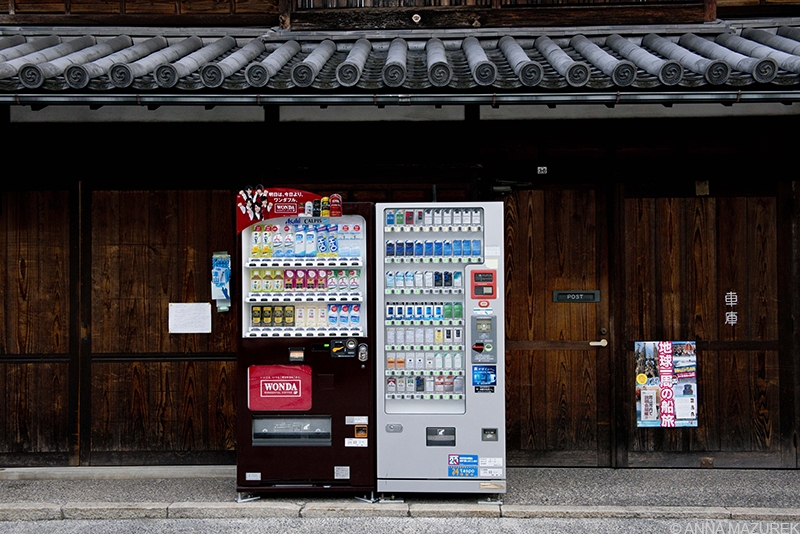
Vending machines are everywhere in Japan. If you’re lucky, you might find one selling beer!
Budget Tips for Traveling in Japan
The most expensive part of Japan is transport (rail pass) and accommodation. Hostels range from $40 in big cities to $15 in places like Kagoshima. Eating cheap is easy if you stick to local spots to keep meals between $3-10 USD. Remote places like Yakushima are expensive but are totally worth it.
- Onigiri. These triangle shaped rice snacks are my favorite and good for the budget. They come with various fillings and are available at every train station or convenience store. They are a great meal substitute or snack!
- Diaso, the Japanese dollar store, is the most amazing place in the world. They have EVERYTHING you could ever need – rain gear, hair clips, ceramic gnomes (You know how much I love gnomes!) and great snack options! This is where I bought my rain poncho and rain pants for my Yakushima hikes!
- Currency Converter. To keep yourself on budget, download the XE currency converter app. It works offline and is great for checking the cost of purchases so you don’t accidently overspend.
- Take a reusable water bottle. The water in Japan is total safe to drink. Save the environment and your wallet by simply refilling a stainless steel or BPA free plastic water bottle. (I’m a big fan of Klean Kateen’s insulated stainless steel bottles.)
- Skip the rail pass. If you don’t want to splurge on the rail pass (which is totally worth it), buses are a cheaper option, but you’ll need Japanese travel agents to help book. Japan is extremely safe so hitchhiking is fairly common. Slow ferries are also good budget options.
- All-You-Can-Drink Karaoke. Many karaoke places offer all-you-can-drink rates, which are a good deal if you want to party and sing your heart out especially in Tokyo!
- $3 Meals. For cheap beers, Torikizoku is a yakatori chain in Japan, and everything on the menu is under $3. For cheap meals, try Yoshinoya, a restaurant chain that sells beef bowls for $3-5 USD, which are actually pretty good.
- Avoid ATM fees. Japanese ATMs will charge you a fee for taking out cash. Considering opening a free Charles Schwab Investor Checking account that waives ATM fees and currency conversion rates. For more details, check out my Travel Banking 101 post. FYI: Not all ATMs are open 24-hours.
- Pick and Choose Temples. Most of the famous temples charge a small admission fee, which can add up quickly. Research the main temples or places you want to visit in advance. (For me, this means to Google everything to find best places for photography.) Make a list of your top must-see places. Then, focus on visiting lesser known sites off the beaten path that do not charge an admission fee that are often less crowded, which is another perk especially if you’re into photography!
For more about Japan travel, check out the Travel Tuesday Interview with Tokyo Becky, an Ohio native that’s been living in Tokyo for 12 years, and my post about photographing Fushimi Inari at sunrise.
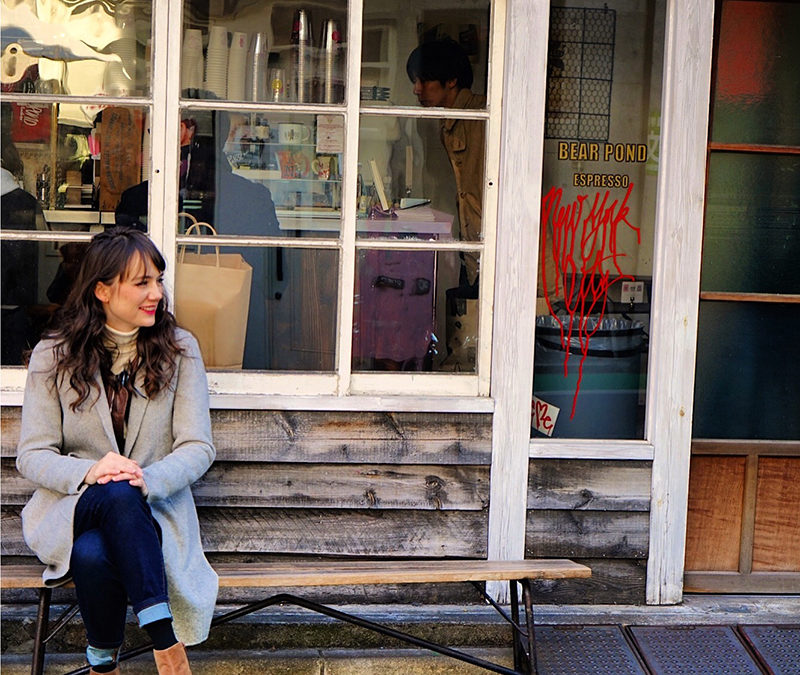
Travel Tuesday Interview: Tokyo Becky’s Guide to Living in Japan

For this week’s Travel Tuesday Interview, I chat with one of my best friends, Becky Gillespie, a Cincinnati, Ohio native who has been living in Japan for 12 years. I met Becky in Laos a month before my Japan trip, and she invited me to stay with her in Tokyo. She dishes all the details about Japan including budget travel in Japan, how to find a job and the best off-the-beaten path destinations. No one knows Japan better than Tokyo Becky!
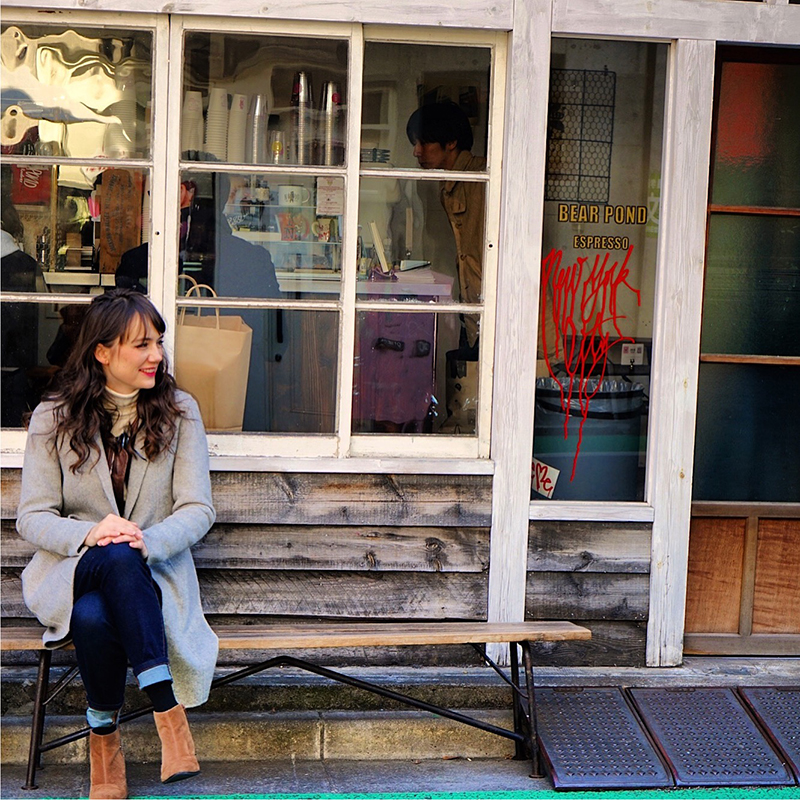
Ohio native Becky Gillespe lives in the Shimokitazawa neighborhood of Tokyo that’s filled with cozy cafes like Bear Pond Expresso.
Name: Becky Gillespie
Age: 34
Hometown: Tokyo, Japan (originally from Cincinnati, Ohio)
Country count: 45 Countries (46 by next month)
Website: www.TokyoBecky.com
Instagram: @TokyoBecky
1. How did you start traveling?
I took out college loans in order to take a two-month study abroad program to Western Europe just before my last year of university. The trip was a special independent style trip where we took classes in hotel conference rooms as a group of 120 students from Monday–Wednesday. We could travel anywhere on our own from Wednesday afternoon to Sunday night, when we had to be in the next European city for class. I’ll never forget when we all traveled together as a big group from London to Paris on the Eurostar, and the minute we arrived in Paris, our professors said, “See you in four days!” and walked away. With two months of this kind of travel, I was able to see 12 countries, and I’ve never regretted taking out the loans to do this trip because it changed my mindset about travel forever.
2. How did you end up in Japan?
In the last three months before college graduation, I was doing interviews for jobs as a Finance major. I hadn’t been able to find anything solid, and I think in the back of my mind I wasn’t enthused about settling down to work and not be able to travel. When I noticed a sign at a career fair on my college campus advertising “A Year of Adventure Abroad” about teaching English in Japan, I decided to get some more information. I had really enjoyed the film “Lost in Translation” and had also heard that Japan was very safe for female solo travelers. I decided to give it a try, thinking that I could go back [to the U.S.] anytime if it didn’t work out and stay with my family. So, I went not speaking a word of Japanese, not knowing anyone, knowing only that they would be picking me up at the airport and that I would be living in company housing with other fellow teachers. I landed in Tokyo four months after that career fair, and it’s been my home ever since [12 years later].
One thing about Tokyo is that if you are a native English speaker (and I hate to say this, but even more so if you look like Japanese people “expect” a native English speaker to look), there are never ending opportunities for you to make money speaking English. I have worked at conversation schools, taught in elementary, junior high, and high schools, and taught business professionals (what I currently do). I also did Japanese and U.S. taxes for a global accounting firm, voice over recording work, editing, translation, you name it. There is even a company here where you can sing over the phone to children in English and get paid.
Another amazing thing about Japan is that there is a huge private under-the-table market for teaching English privately. Many people meet in cafes and teach students for one hour, and the going rate is about $30 USD per hour. If you want to find students and set up your own lessons, the sky is the limit. I once had an opportunity to go to a private home and teach three children for one hour. The mother then invited the children’s friends and for a while, I was teaching seven children in her home and was making $140 USD an hour. There is really no limit if you do the work and make the connections here to put it all together.
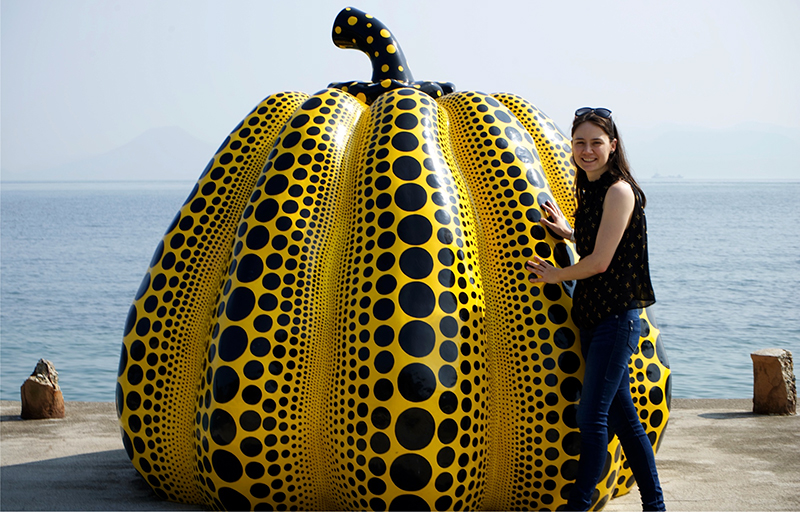
Naoshima is an island known for sculptures and art museums located an hour away from Okayama.
3. What advice would you have for someone wanting to teach English in Japan?
I would actually recommend coming over with one of the big conversation schools at the very beginning because it is a great way to get paid while deciding if teaching is what you’d like to do over here. While you’re working at the big company, I’d recommend looking around and making connections, going to meetup.com groups and start asking around to learn about other opportunities. There are essentially Japanese lessons that are given at every local community center by Japanese volunteers to help people get adjusted to life in Japan. These can be a good place to make Japanese friends and be introduced to the culture first hand at the very beginning. Getting involved in a regular activity here can also be very good whether it’s the judo that you’ve always been interested in or taking Japanese calligraphy, flower arranging, etc. This will also help you make more connections. In the last five years, it’s gotten significantly easier to live here with all the apps and websites that have been started to get more involved in Tokyo.
[For more about ways to work in Japan, check out Becky’s posts on how to move to Japan which include informations on visa types and 10 things you must know before moving to Japan on her blog, TokyoBecky.com.]
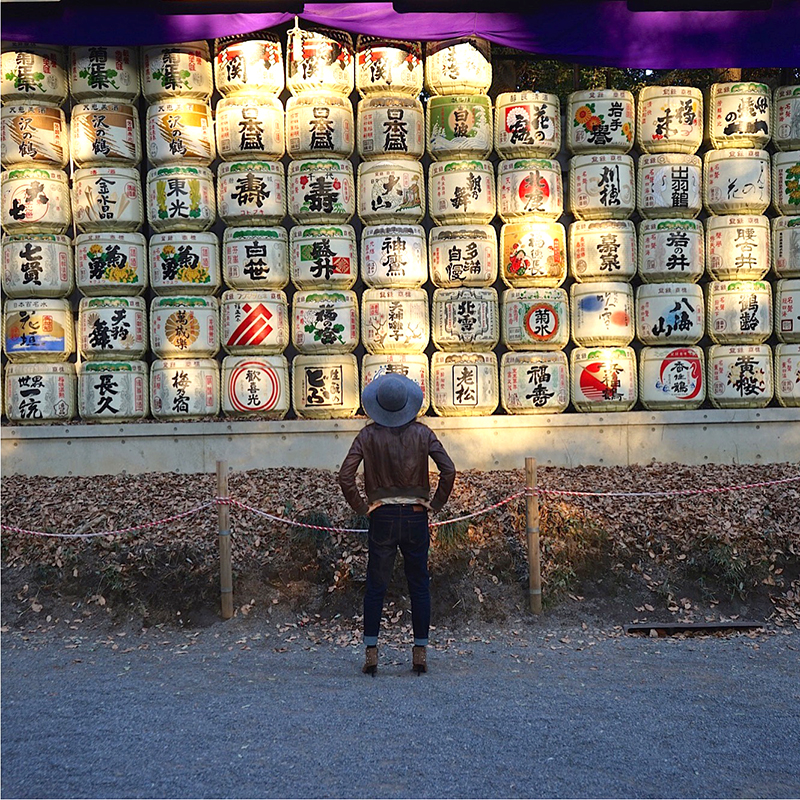
Becky stands outside the famous Meiji Shrine in Tokyo. She recently received permanent residency status in Japan.
4. Share some tips for traveling on a budget in Japan.
My first huge tip is to buy a Japan Rail Pass BEFORE you come to Japan (you activate it once you come to Japan). This will save you an unbelievable amount of money traveling around on the bullet trains here. As a resident here, I am not allowed to buy it, but one return trip Kyoto from Tokyo for me as a resident is more expensive than seven days of unlimited travel on this pass, just to give you an idea. I would also advise bringing a water bottle because water is about $1.40-1.60 from the vending machines here, and the [tap] water is totally safe to drink. There are drinking fountains at pubic restrooms, parks, and at most train stations. Save when you can. Take the trains instead of the taxis. That’s a huge tip because Tokyo seems to have the most expensive taxis in the world. Make sure that you don’t miss the last train home every night (around 11:30pm-midnight) because then you must pay for taxis, and it gets expensive. To keep things cheap for the food budget, check out ramen shops and noodle shop chains to not only try Japanese food but also keep your meal at under $10. Many of these shops also sell a good-sized meal for around $6. I also recommend the 100 yen or $1 stores here which sell absolutely everything except anything you’d want to wear in public. There is also no tipping in Japan for anything so you will definitely save there. I also strongly encourage looking for reasonable Airbnb places in Tokyo. Hotels are generally very expensive, but Airbnb can be much more reasonable.
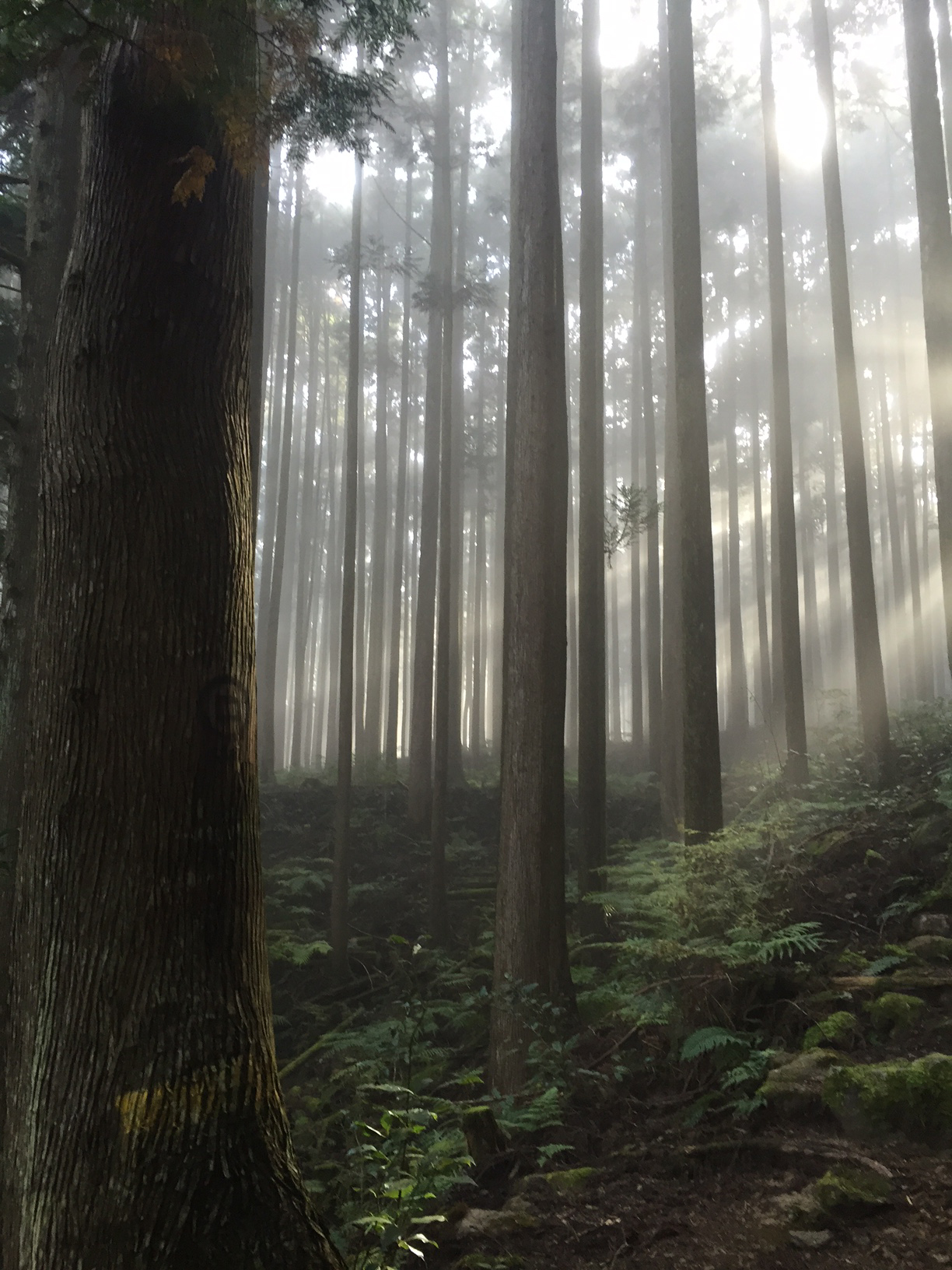
Becky recommends the remote Kumano Kodo pilgrimage hike in Wakayama, Japan as a good way to escape the crowds.
5. What are your three favorite off-the-beaten path places to visit in Japan?
I love this question because Japan is a treasure trove of off-the-beaten path places. Unfortunately, the three places that I’m going to tell you about are not easy to get to and will take a bit of time out of your travel budget to get to, but they are worth it! I love the Kumano Kodo pilgrimage path hike in Wakayama, Japan. I just did this over Thanksgiving and saw a total of seven people on the four-day trek while on the hiking trail itself. It is full of history, beautiful shrines, amazing hot springs, and friendly people. I would love to visit again. Another wonderful little trip that should be done together is Okayama with a side visit to the town of Kurashiki (a little Kyoto like town). Okayama has a castle and one of Japan’s top three gardens and one hour away is an island full of art sculptures and art museums called Naoshima. It is such an interesting place to visit if you love art. Finally, I have to mention the island of Yakushima, which is a ferry ride from the city of Kagoshima in Kyushu, Japan. This is an island covered in ancient cedar trees and is a wonderful place to hike. There are also some areas with beaches in the summer. I loved hiking there.
6. What was your greatest struggle living abroad and how did you overcome it?
My greatest struggle was the language barrier when it came to dealing with more difficult things like renting an apartment or explaining medical issues. I have continued to learn the language step by step and have also leaned on my friends for support to overcome this. Be open with your problems that you’re having and you’d be surprised who is willing to help.
7. What advice would you have for aspiring travelers?
I have found that the friends that you make here are great resources and support when you need to get over things like this. Find someone who has done it before you through your network, and they will point you in the right direction. Curiosity is going to be your greatest friend here because it will keep you exploring new places and meeting new people who will be able to help you get where you need to go. When I’m on the fence about going to a new place, I always book the plane ticket and then do what I need to prepare for the commitment that I’ve made from there. In my head, it’s always expensive or frustrating to change my flight plans from there, so I stay committed to those dates and make it happen if I can. If you’re afraid, just have the contact details of the hotel where you’re staying with you, and someone will be able to help. The first step is always the hardest, but then, you will learn as you go.
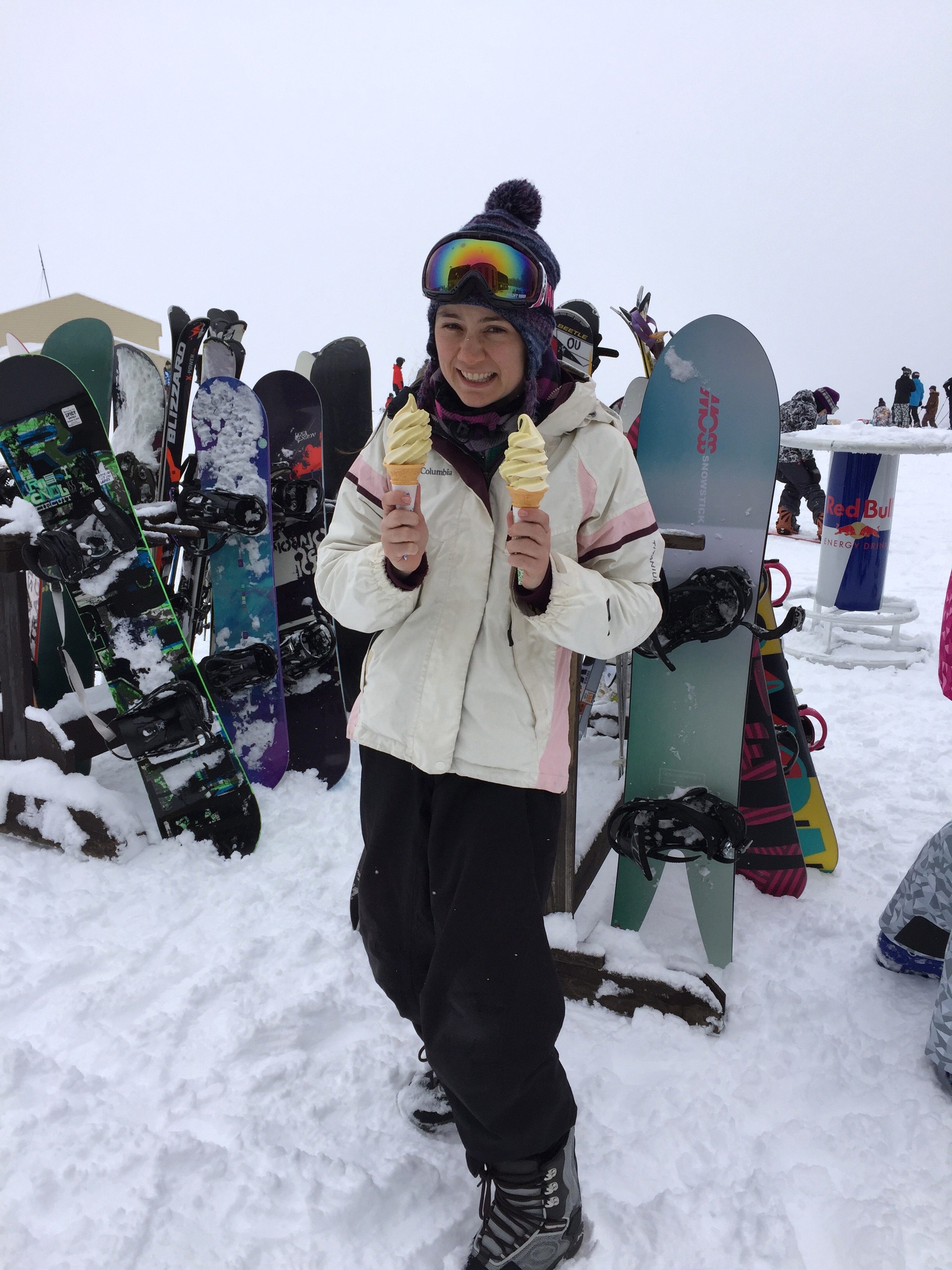
Becky heads to Nagano to go snowboarding once or twice a year. The city was home to the 1998 Winter Olympics.
8. What is the biggest myth about traveling solo or living in Japan?
That it is dangerous (the solo female travel part), crazy expensive and you will just have to work all the time. None of this is true (although the work part can sometimes feel true). I have found a way to make plenty of time for taking the trips that I need to and you can make it happen as well. I have found living in Tokyo to be cheaper than living in Cincinnati because I never need a car here, and I have been able to keep rent at less than $800 and teach private students for extra cash when I want to save up for something.
9. Name three things you always pack for a trip.
- My running shoes because they double as walking/hiking shoes
- a small purse that I can put over my shoulder and hold close to me for going out at night (this helps me carry things during the day but is also nice enough for going in to nicer restaurants at night instead of bringing in my backpack)
- my Kindle – I have to read on trips and it can be very hard to find specialized books while traveling
10. What is your next adventure?
After a short weekend snowboarding trip to see the “Snow Monsters” in Zao, Yamagata, Japan, I’ll be heading on a solo trip to Myanmar for the first time. I’m hoping to finally check riding in a hot-air balloon off of my bucket list!
For more information about traveling or living in Japan, check out my Where to Go in Japan post and visit Becky’s blog, TokyoBecky.com.
